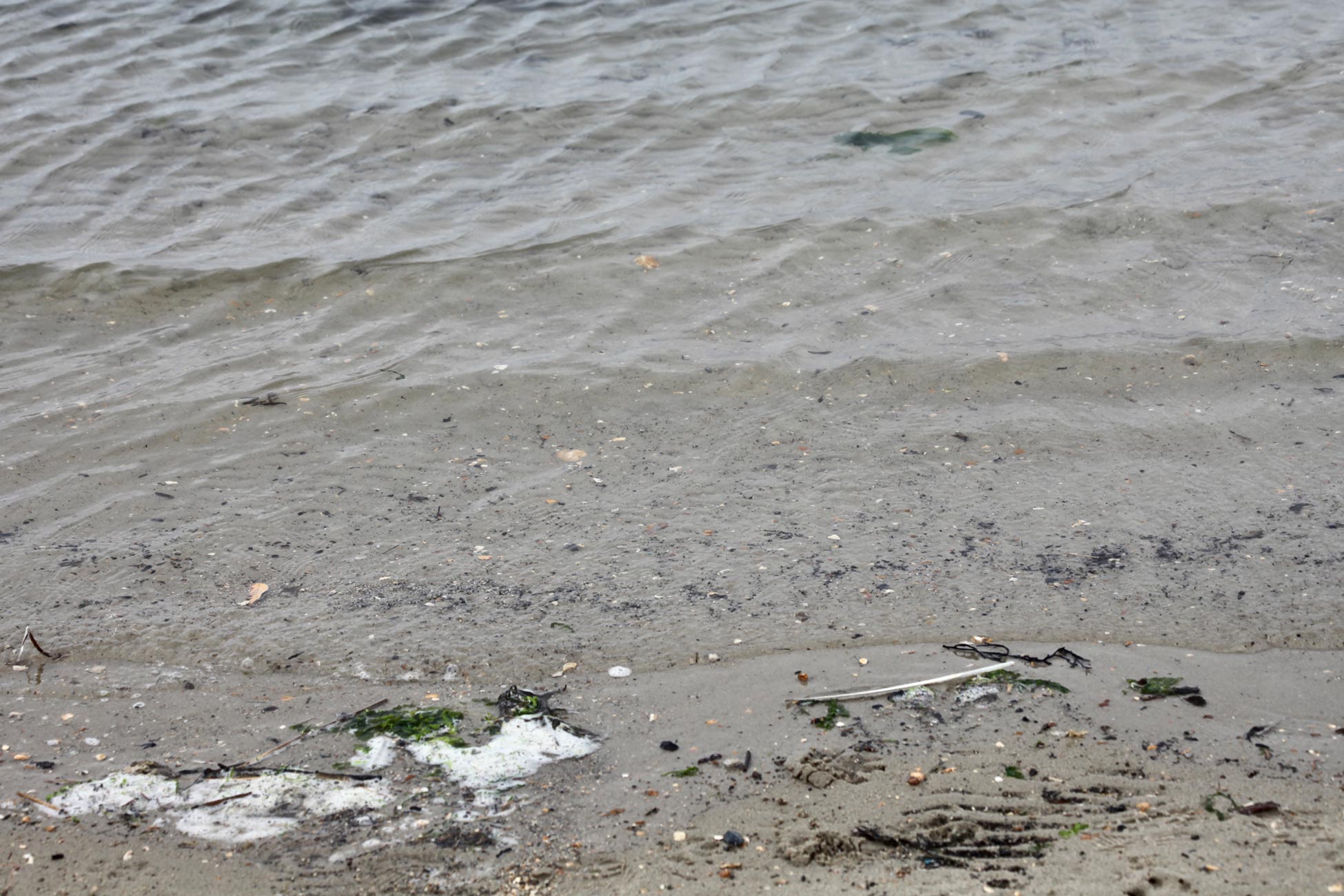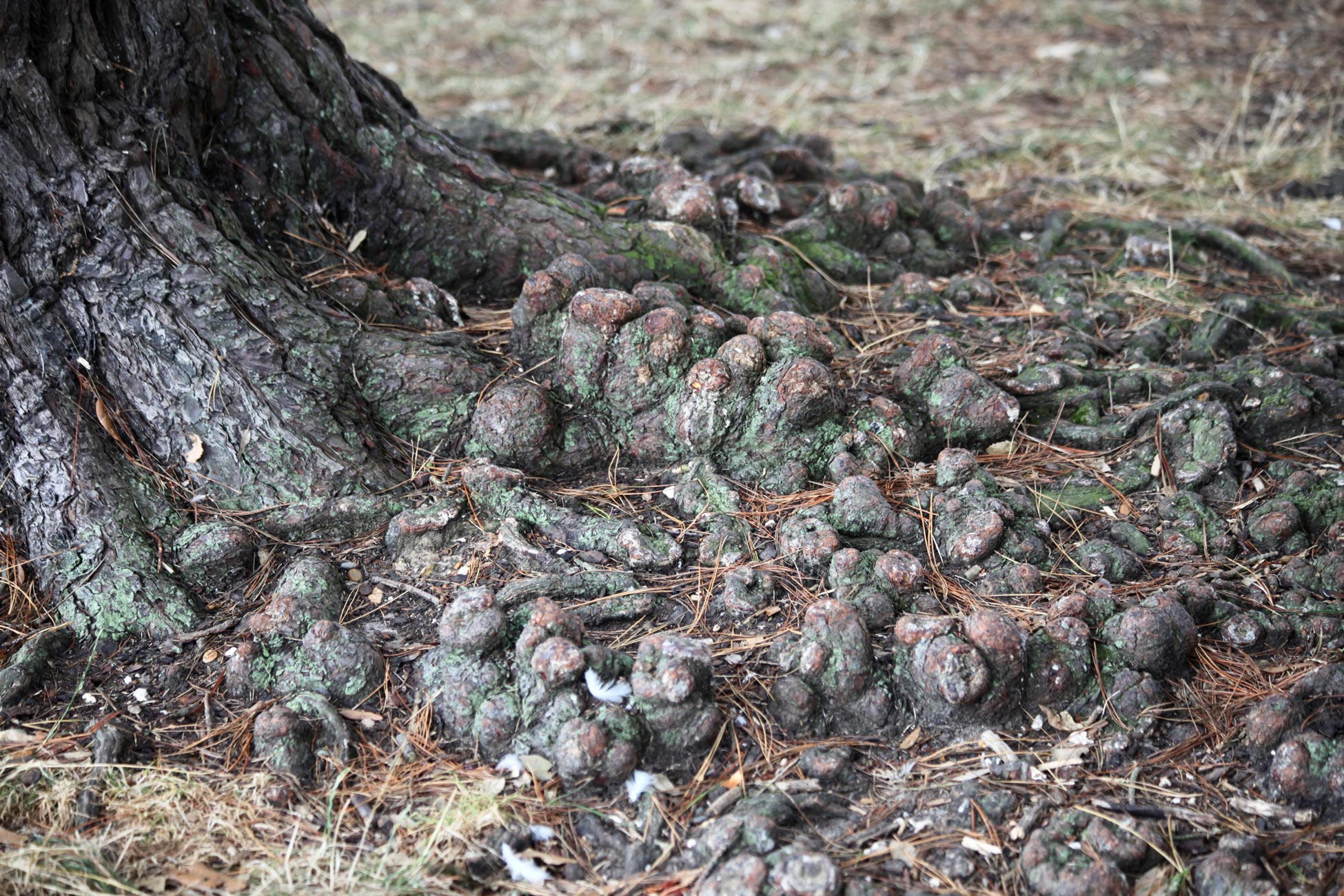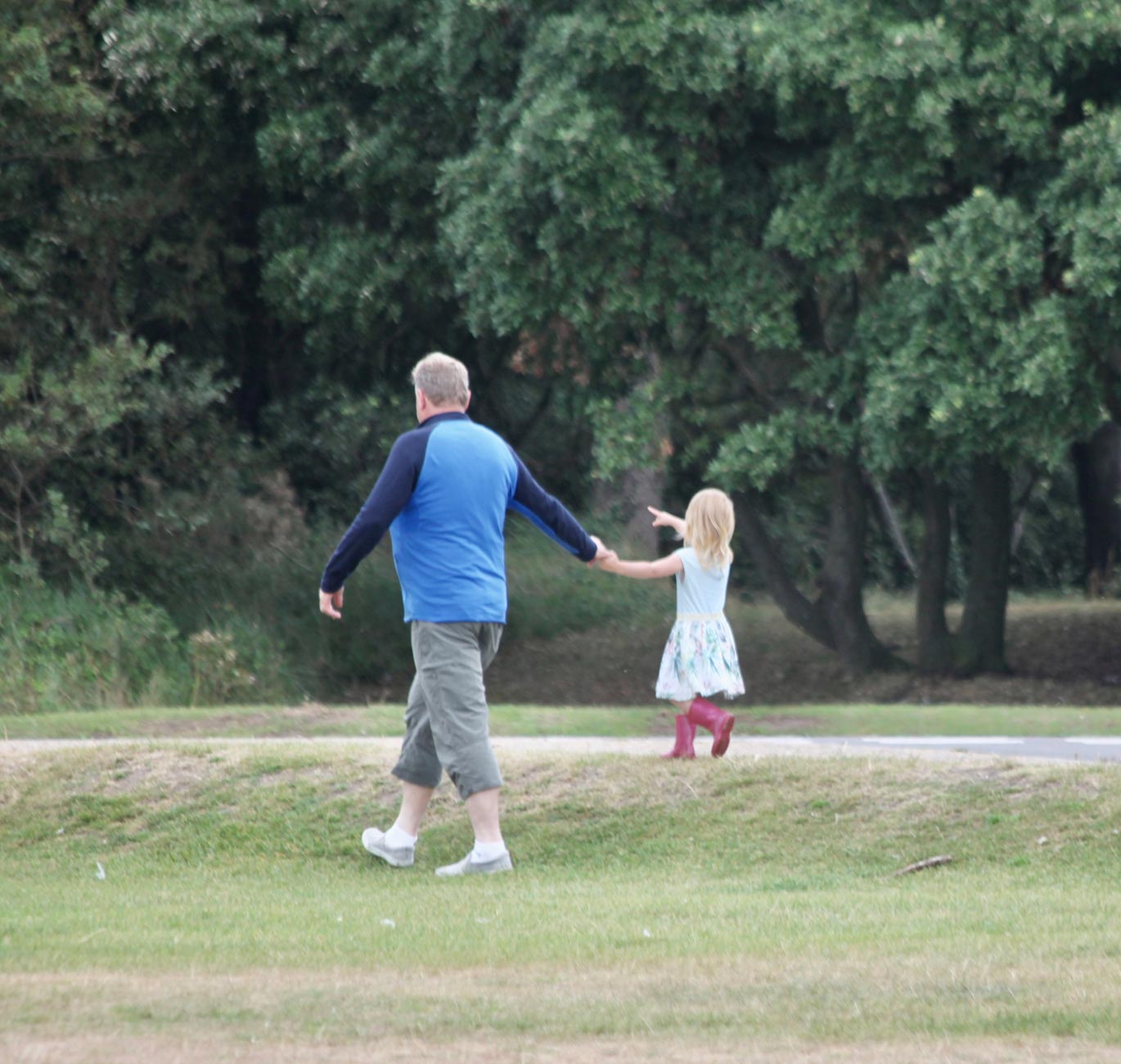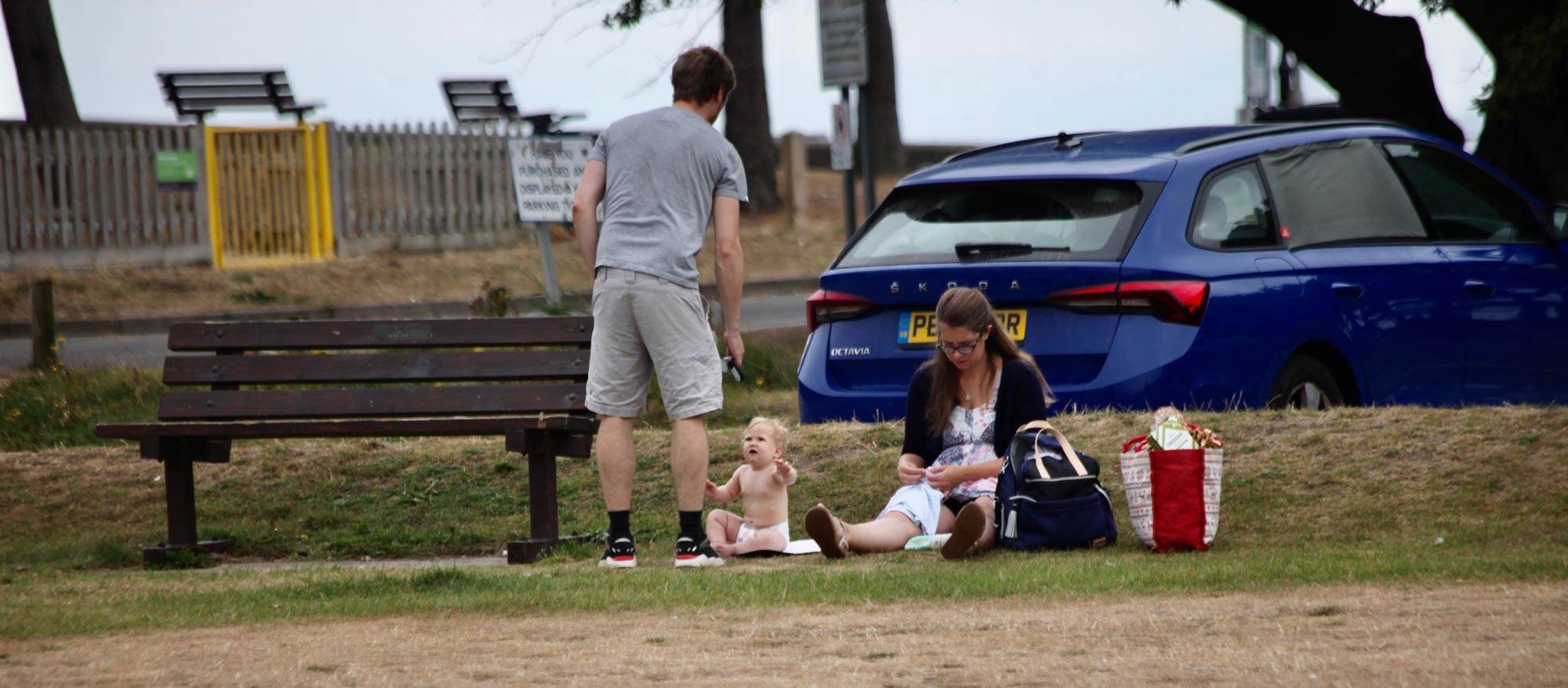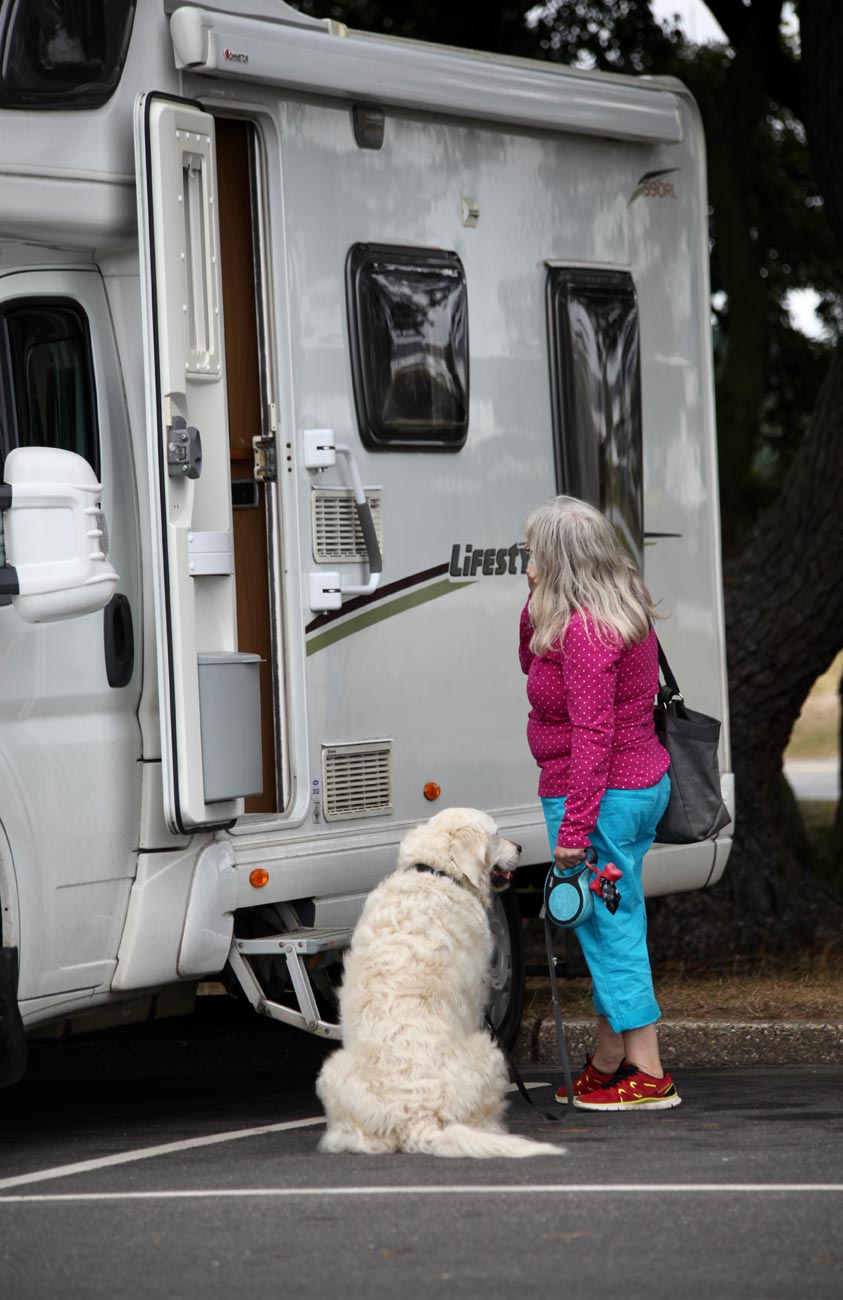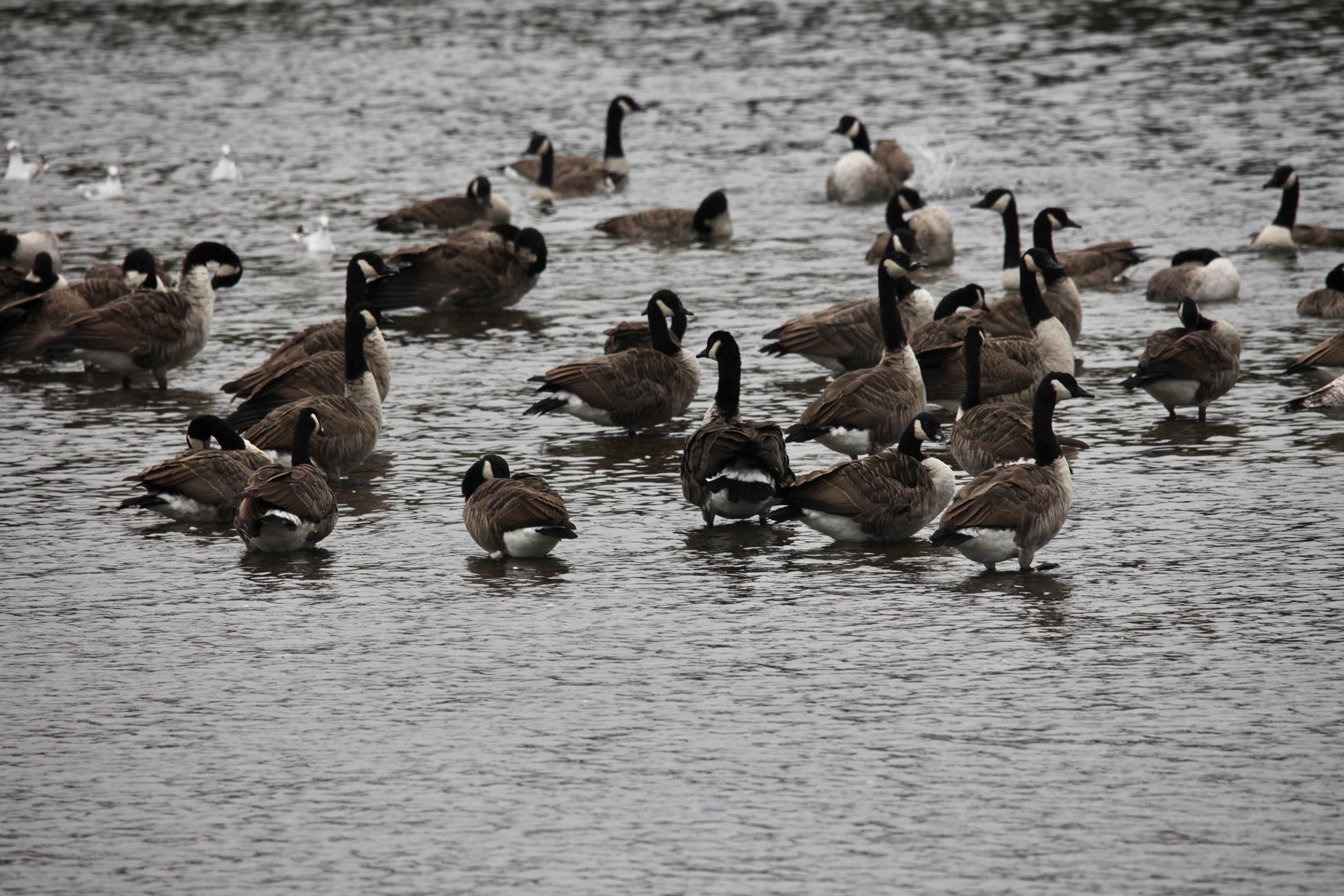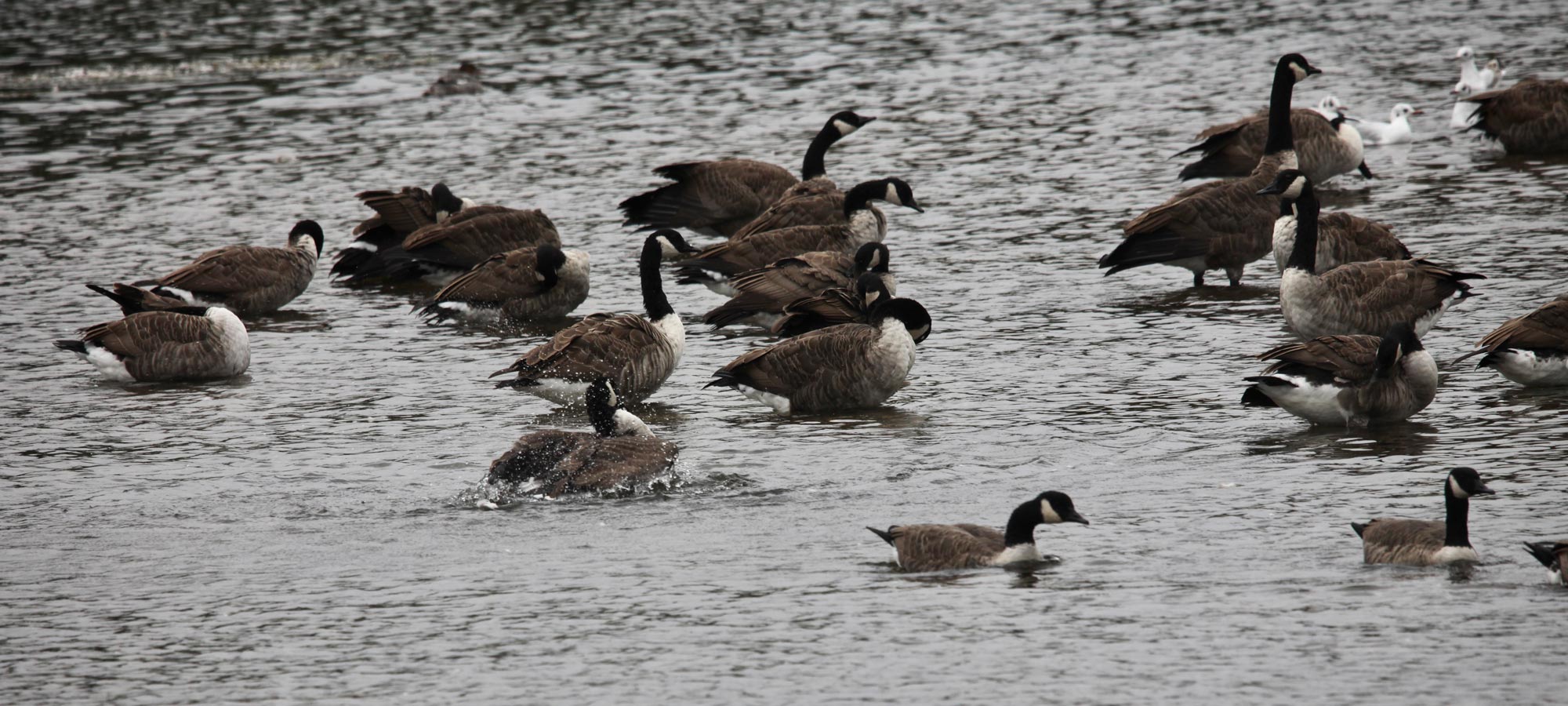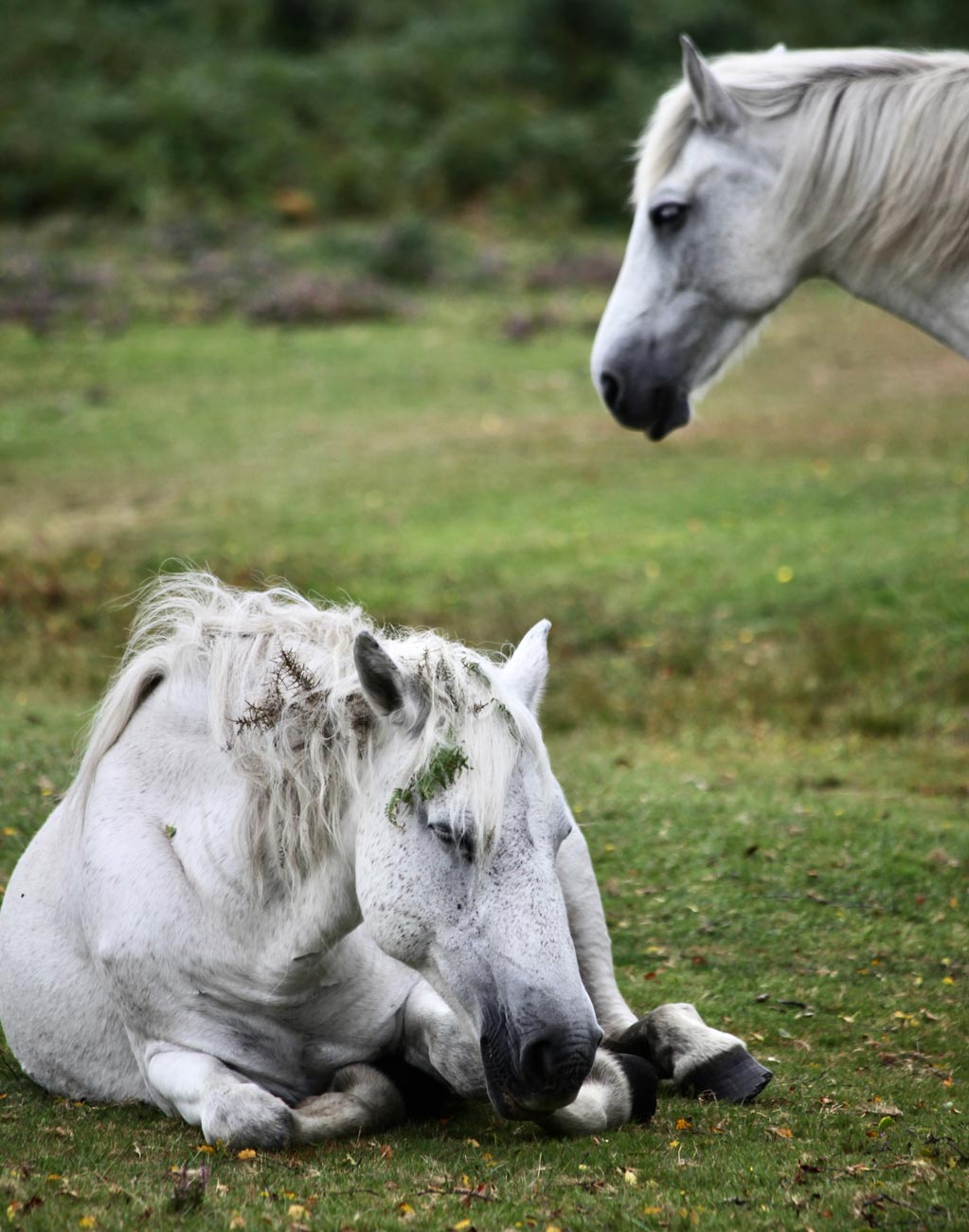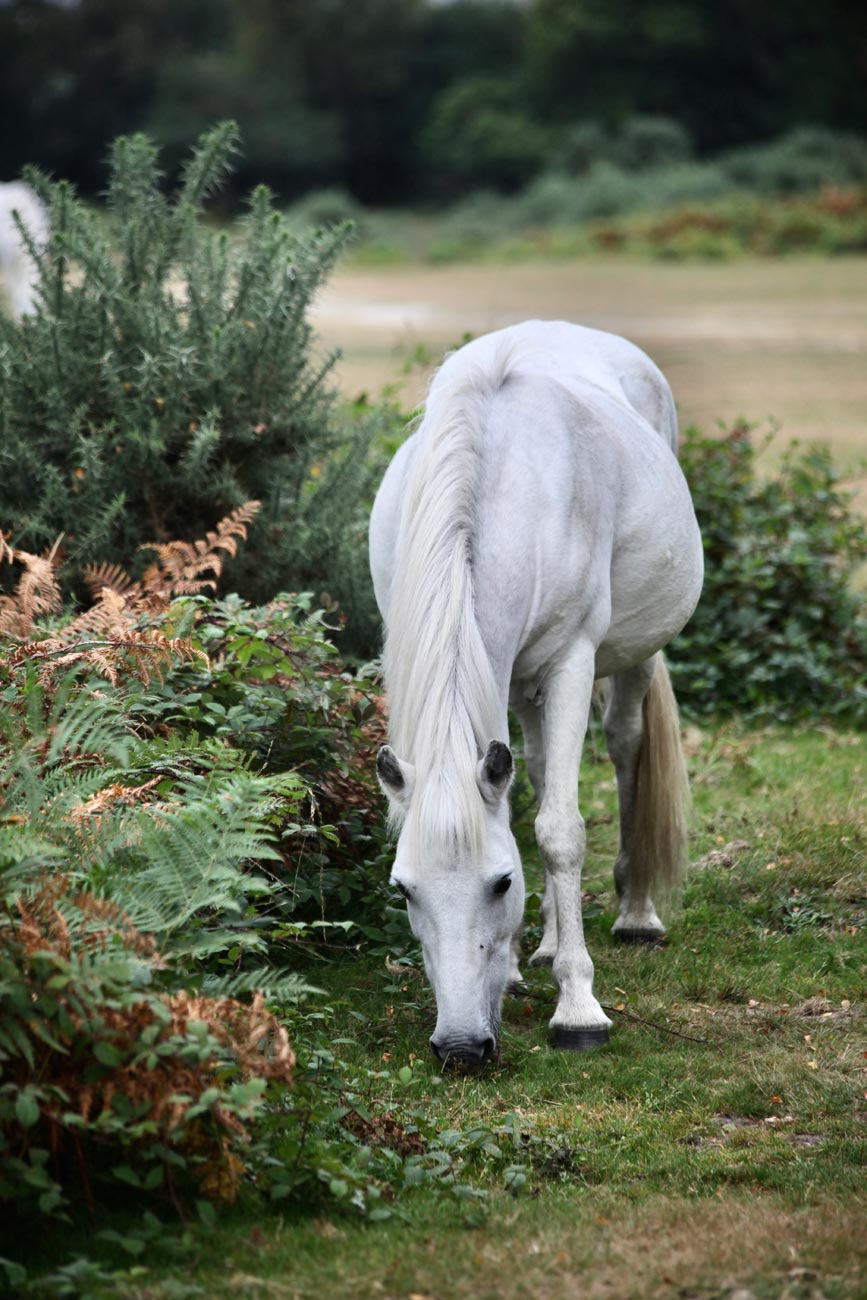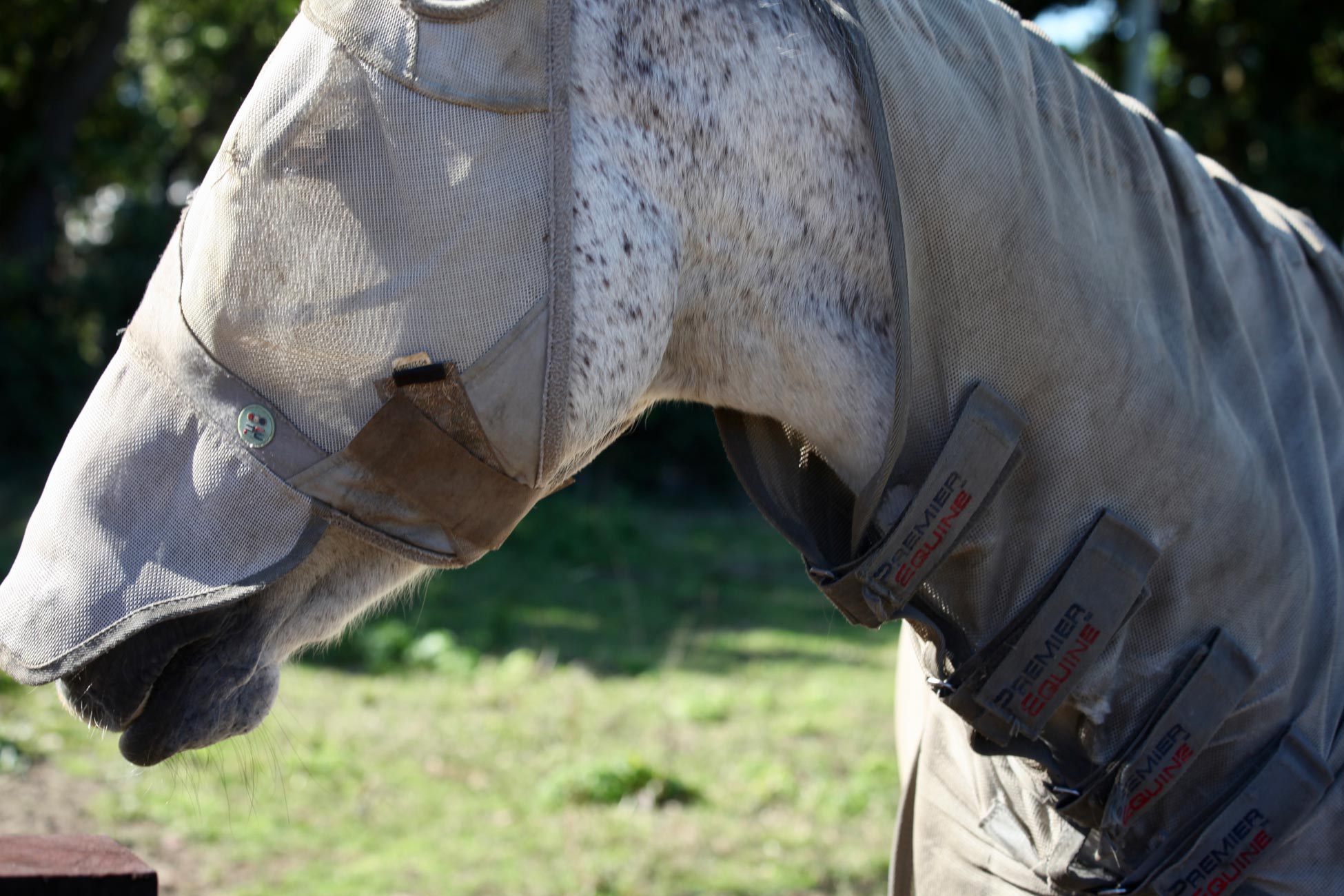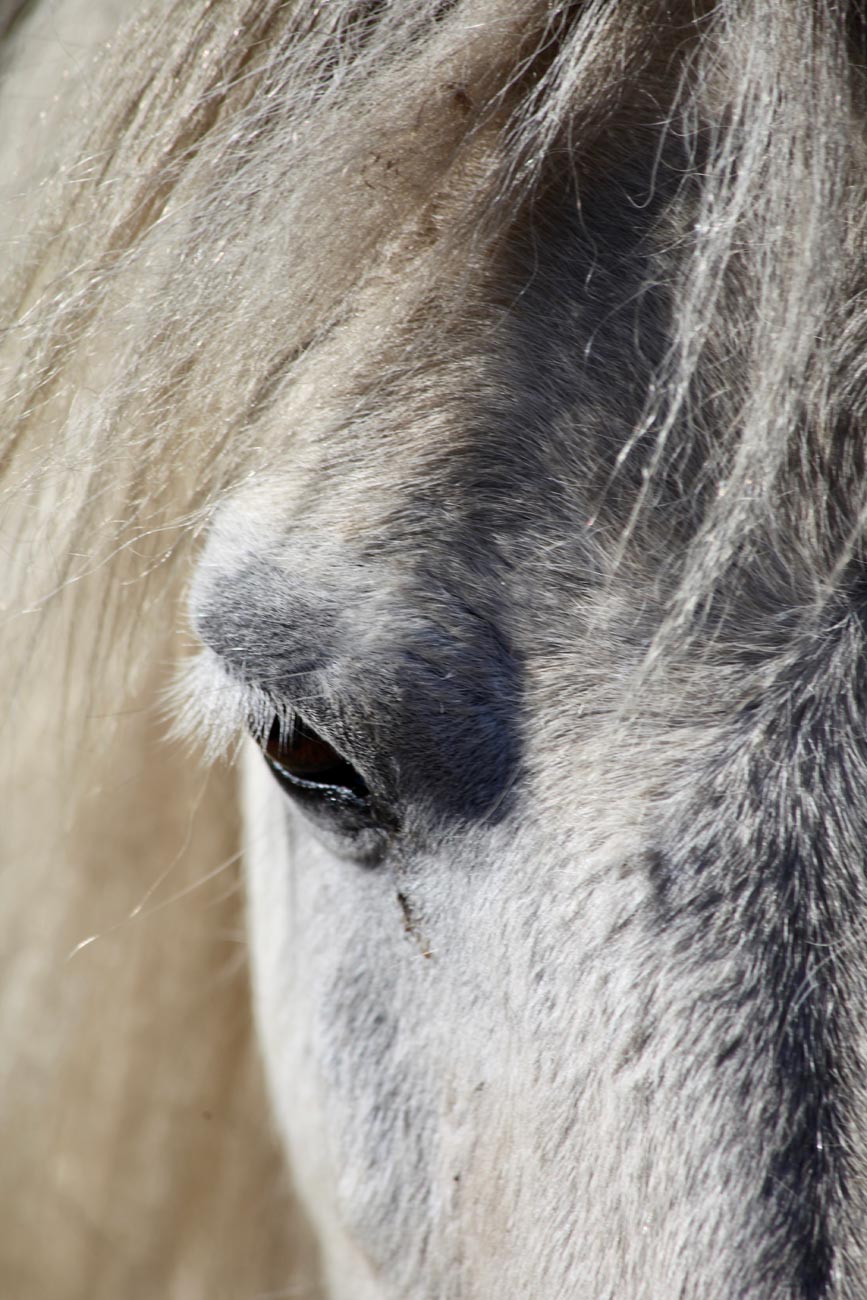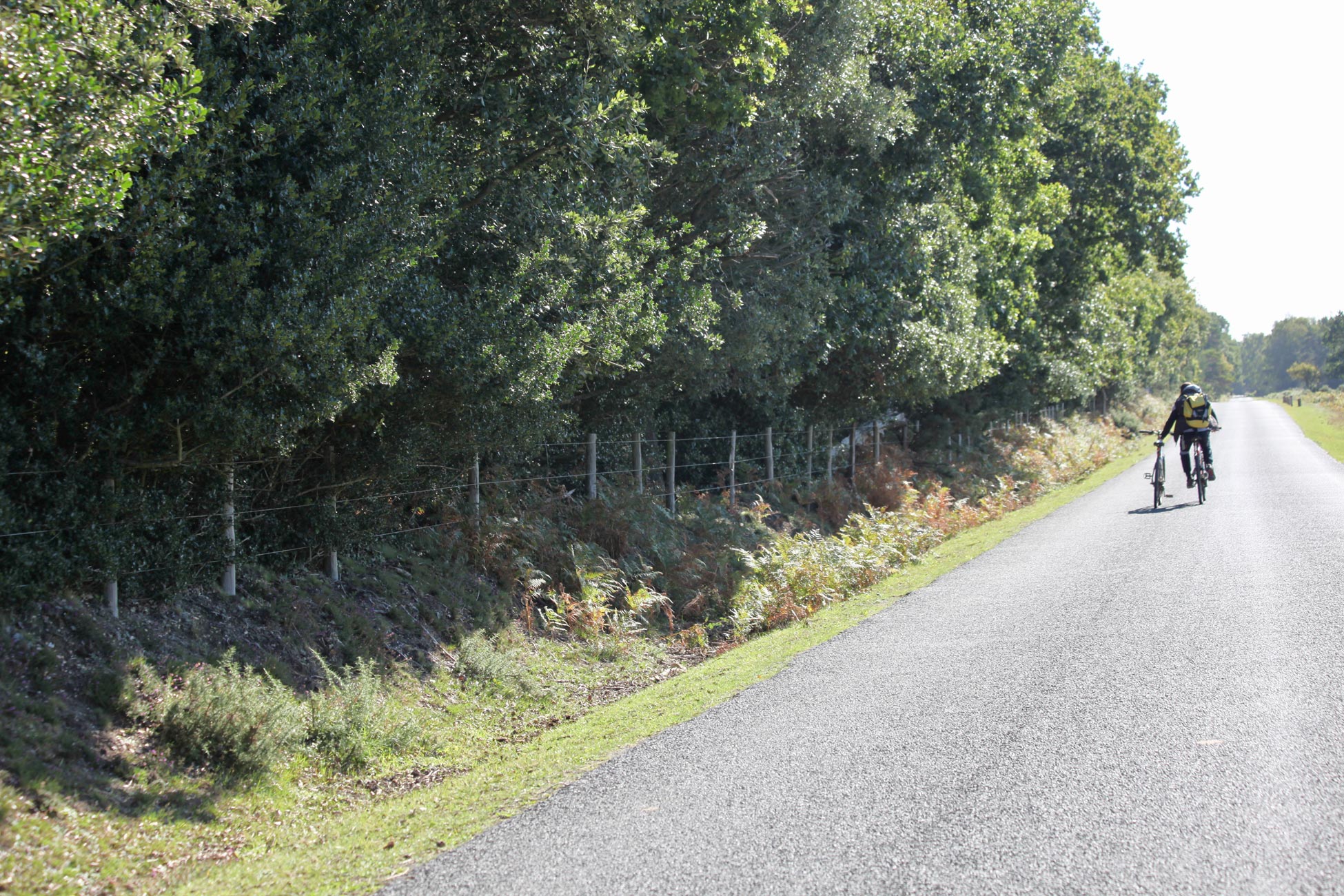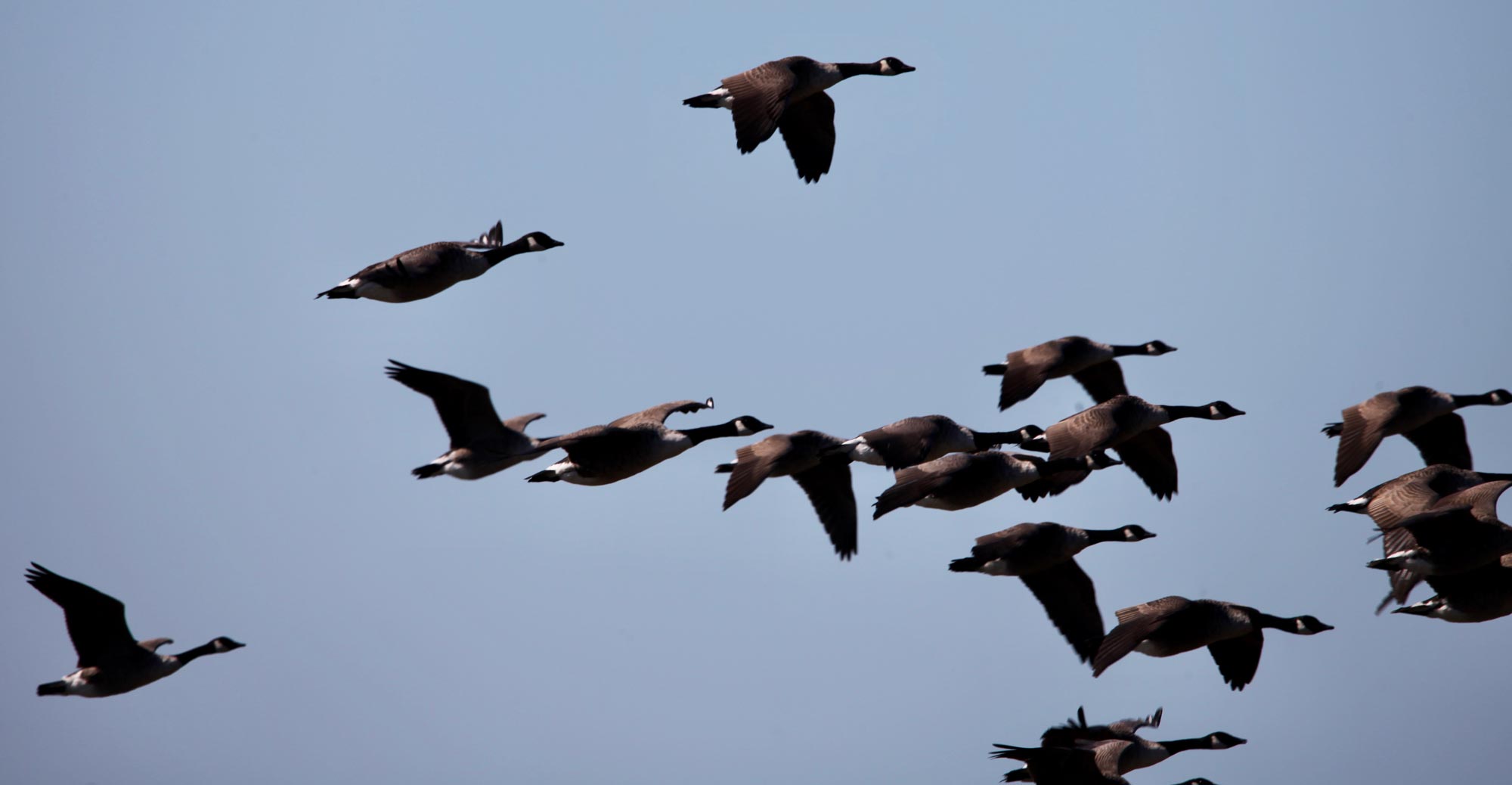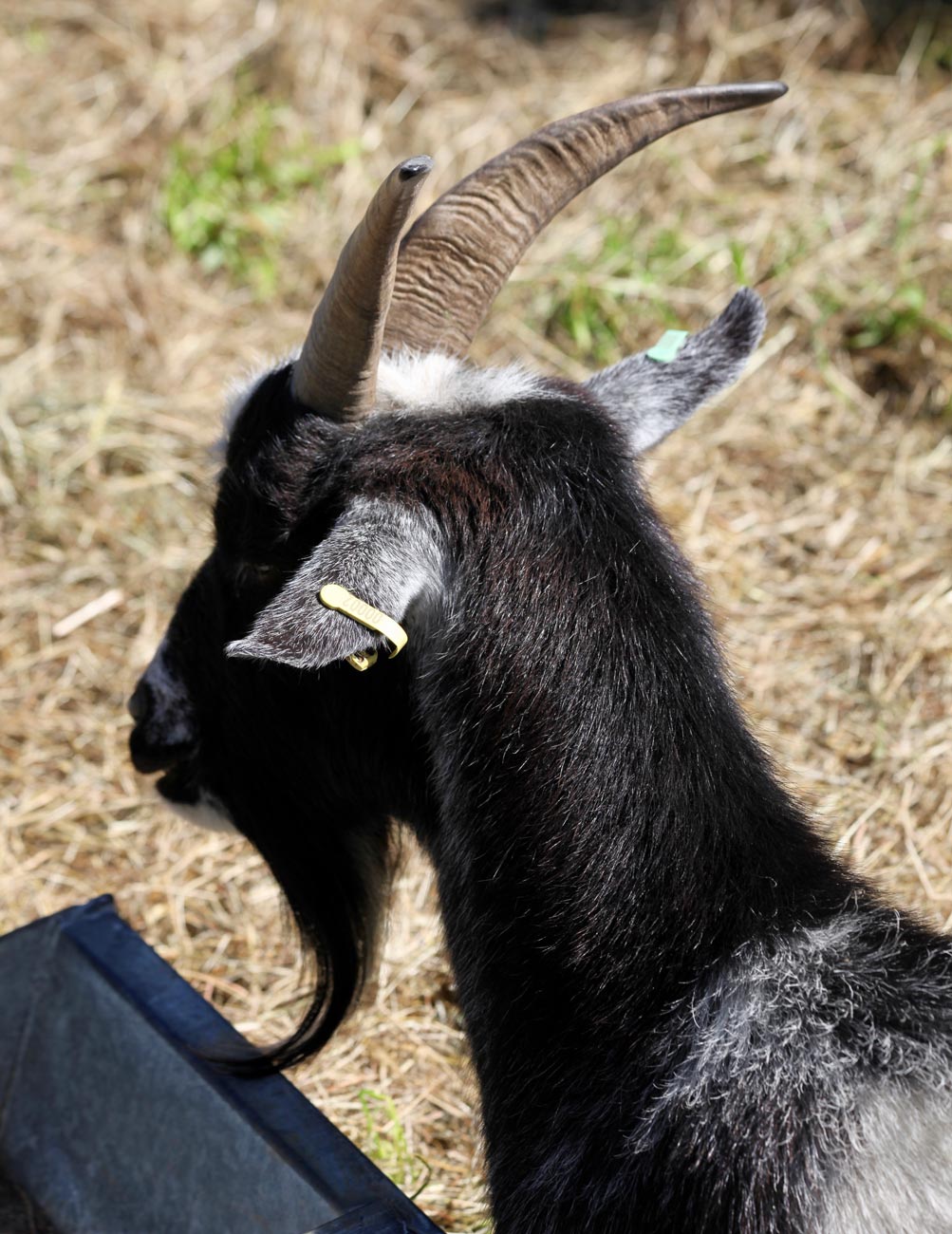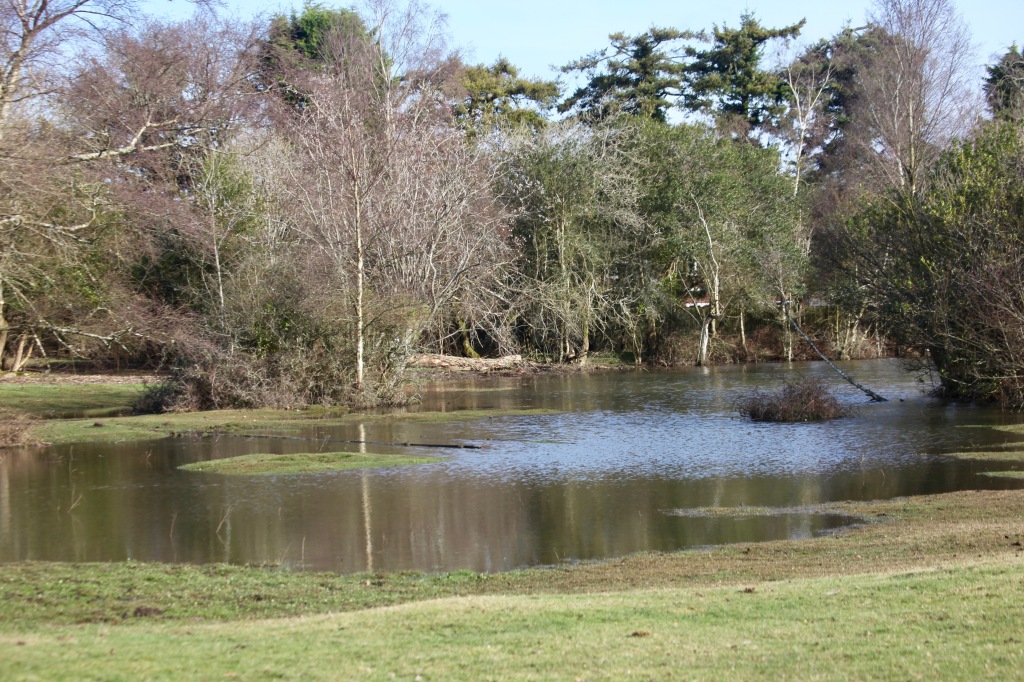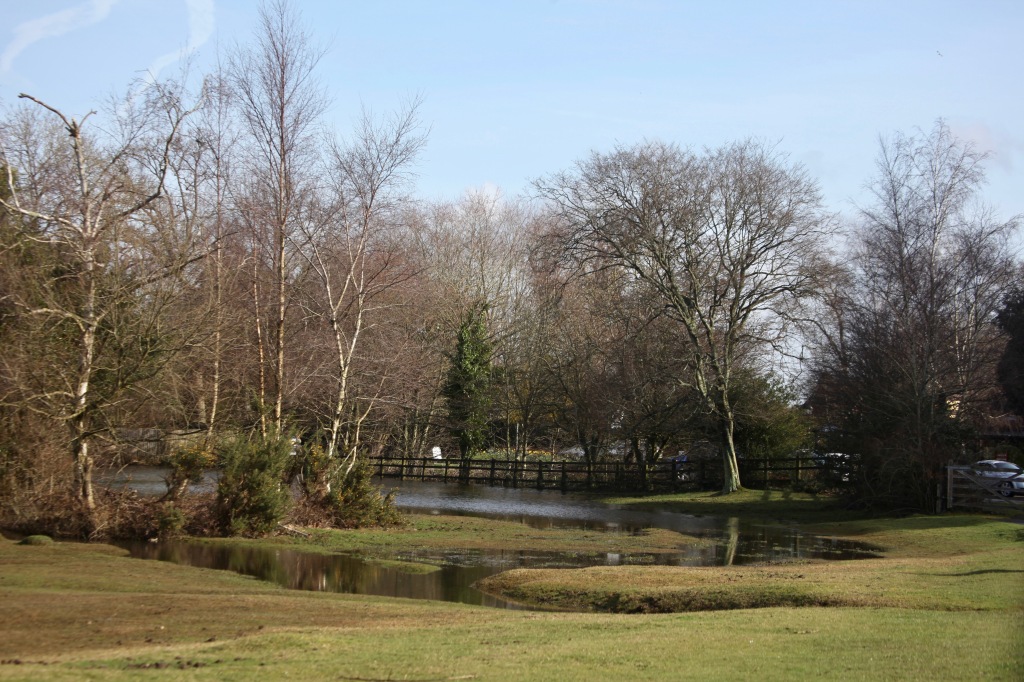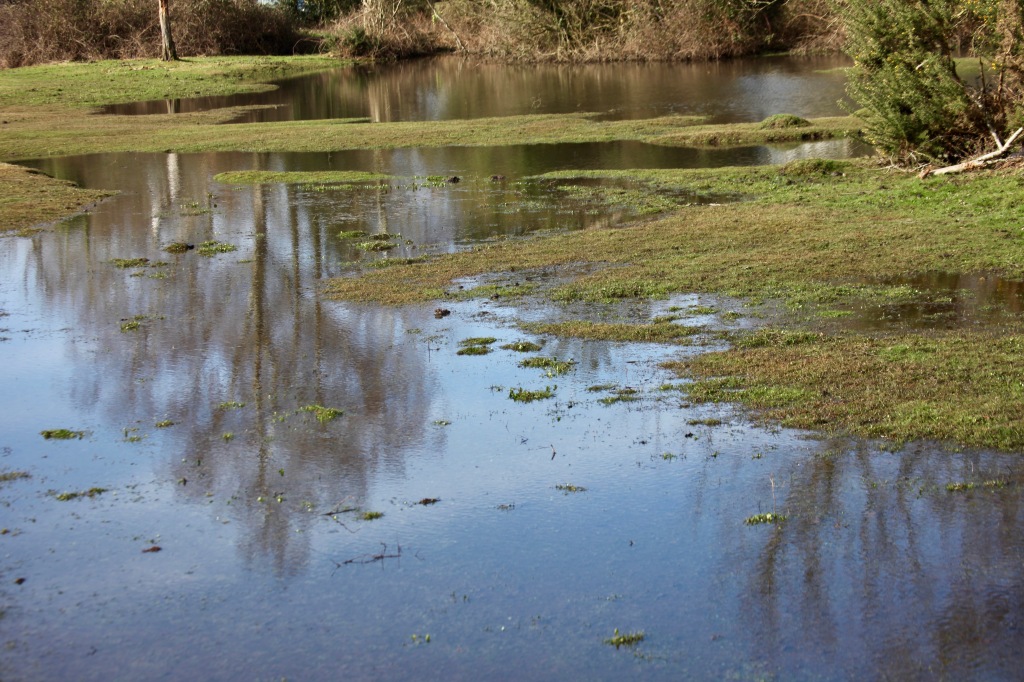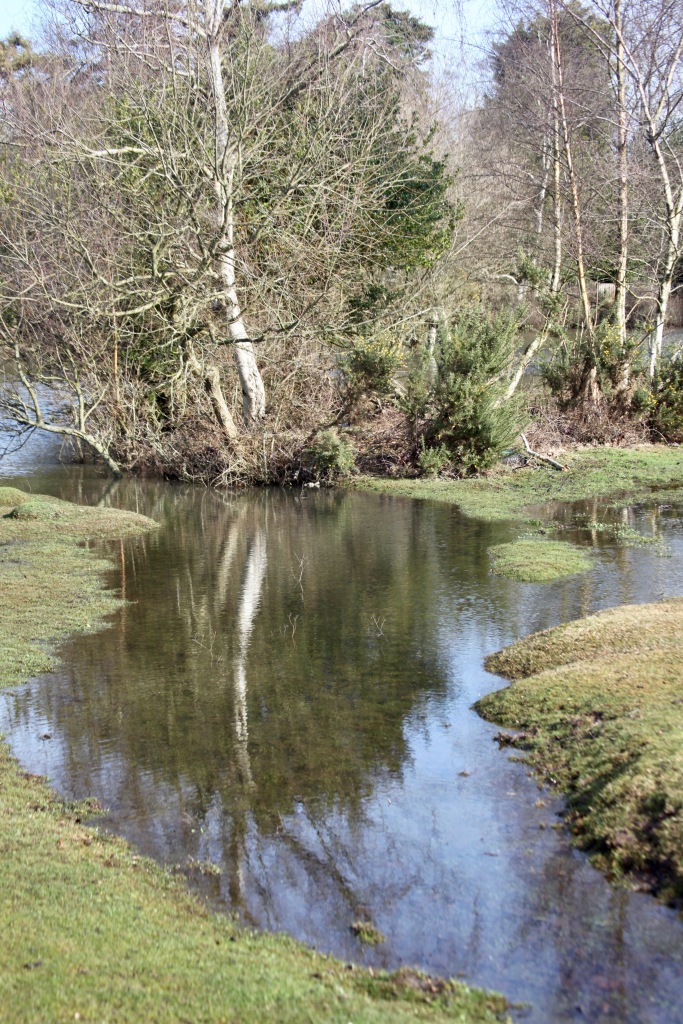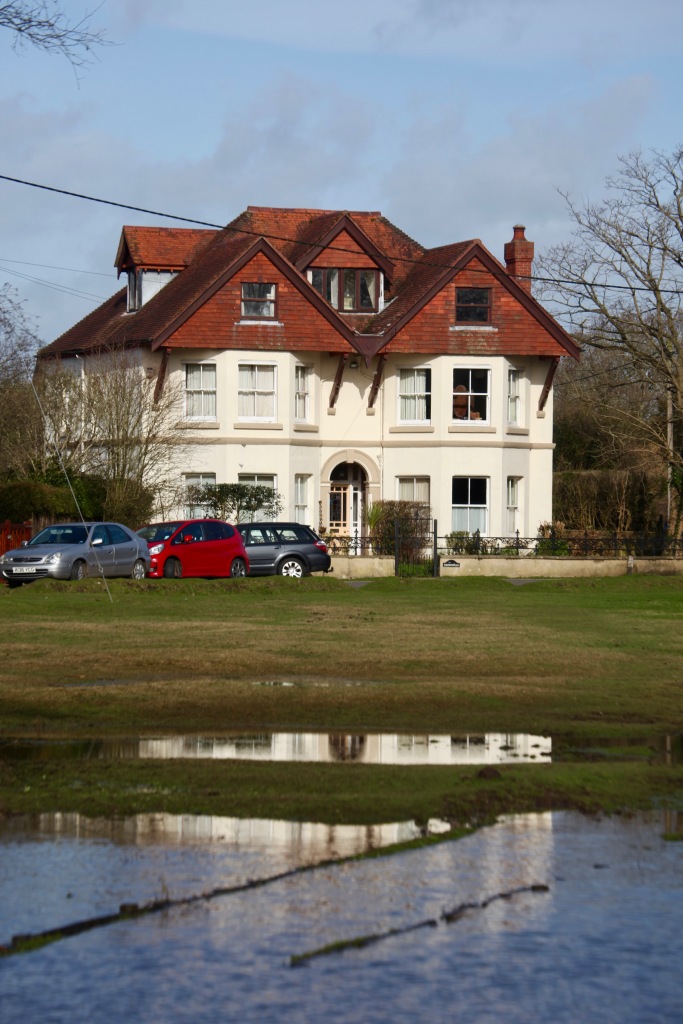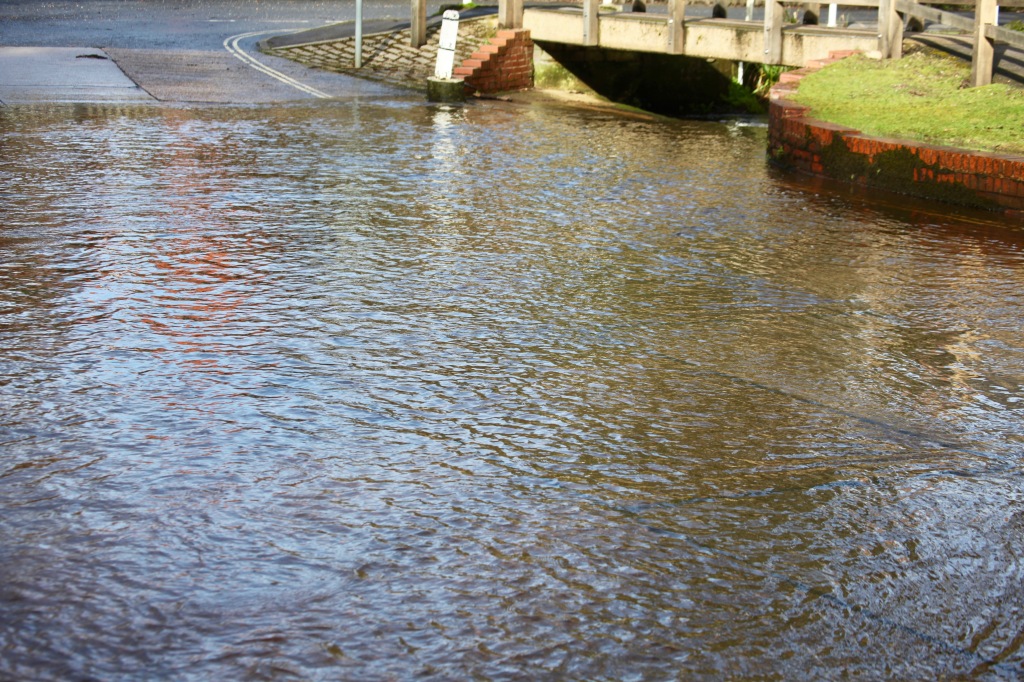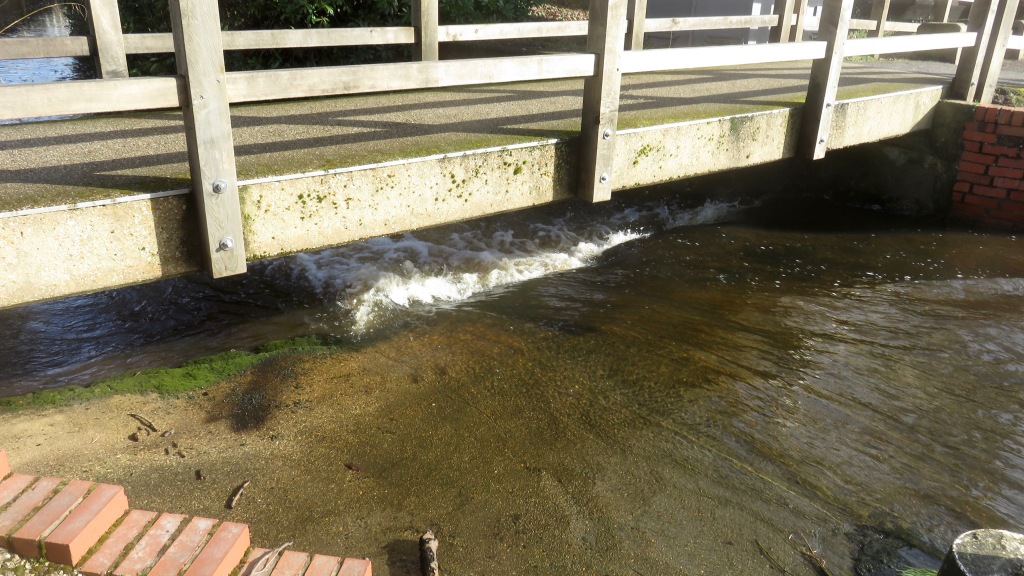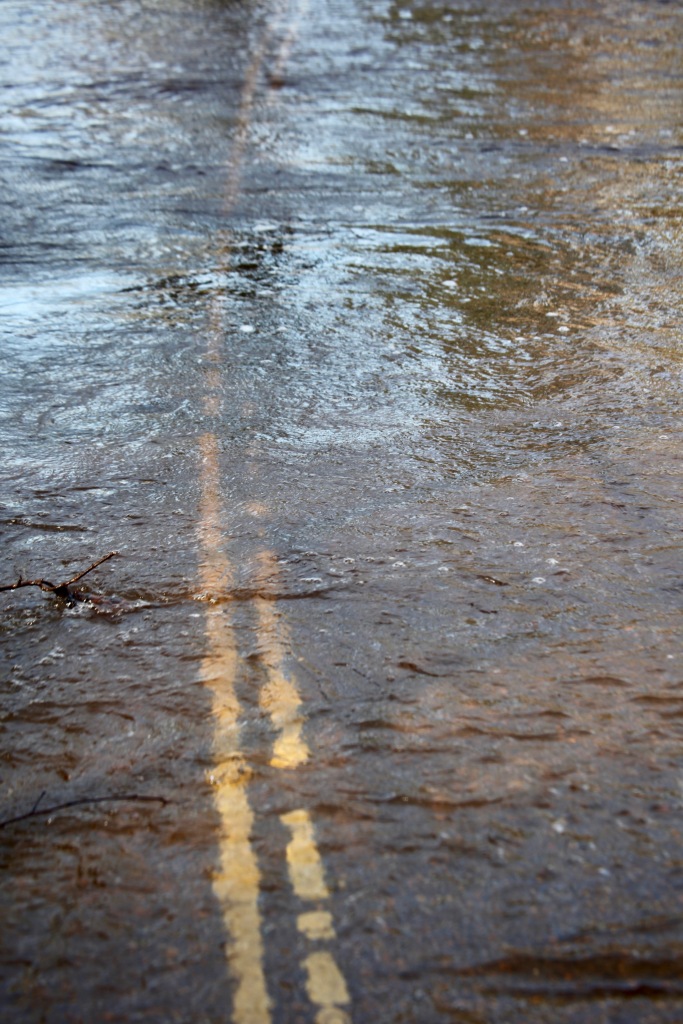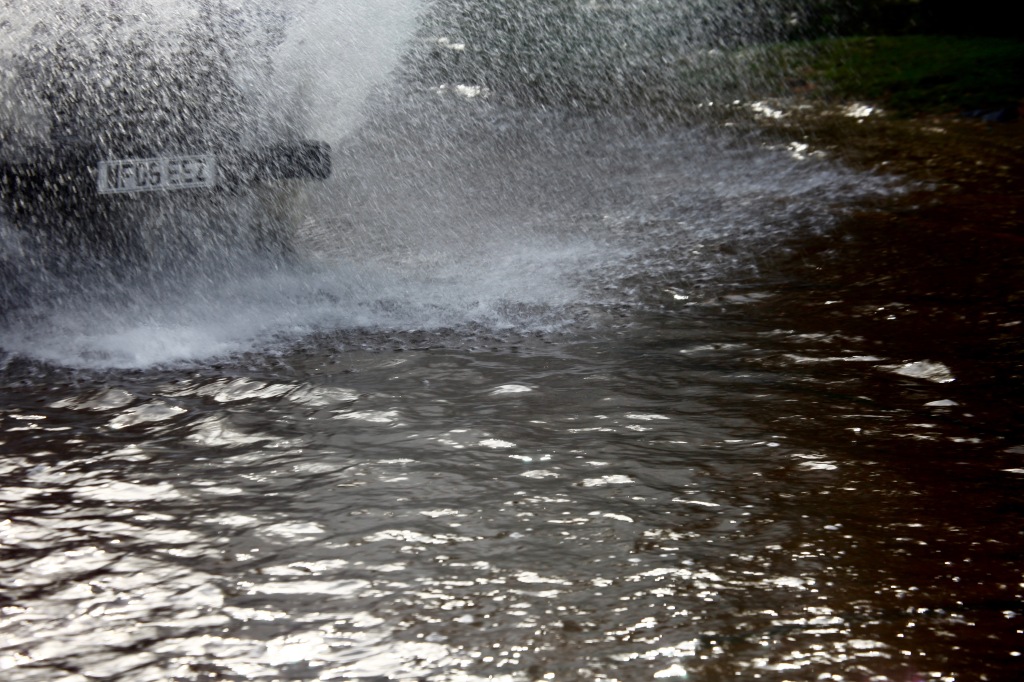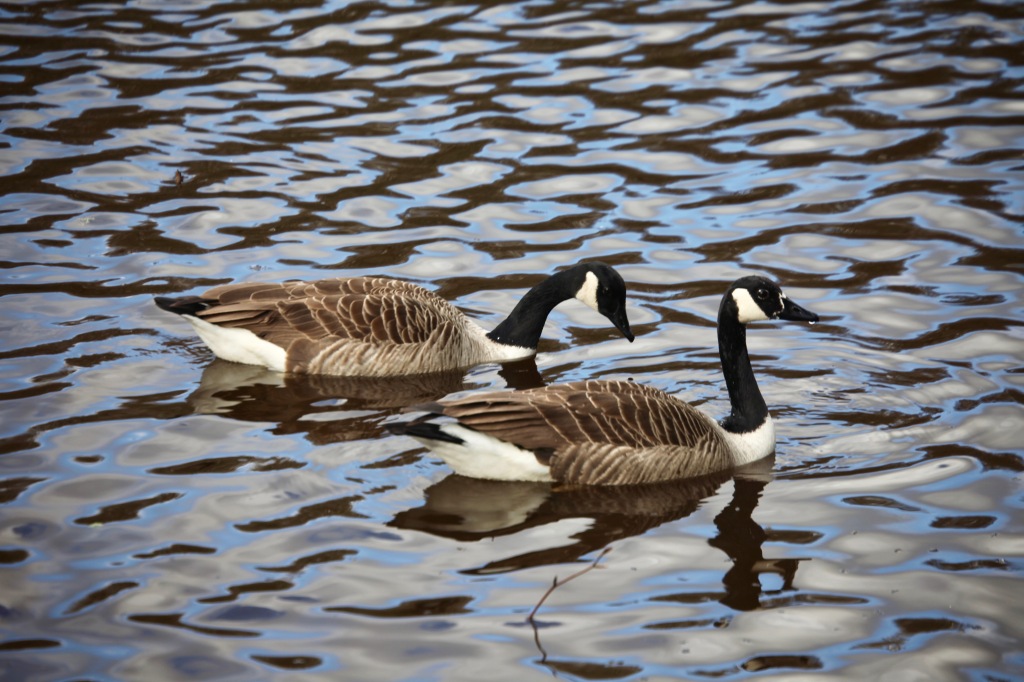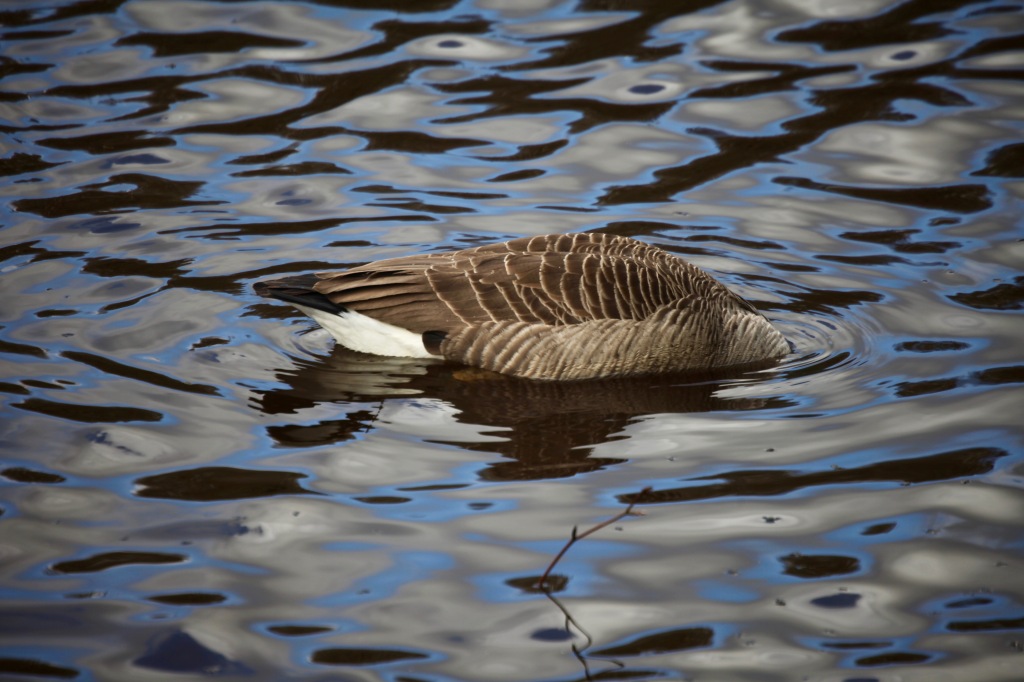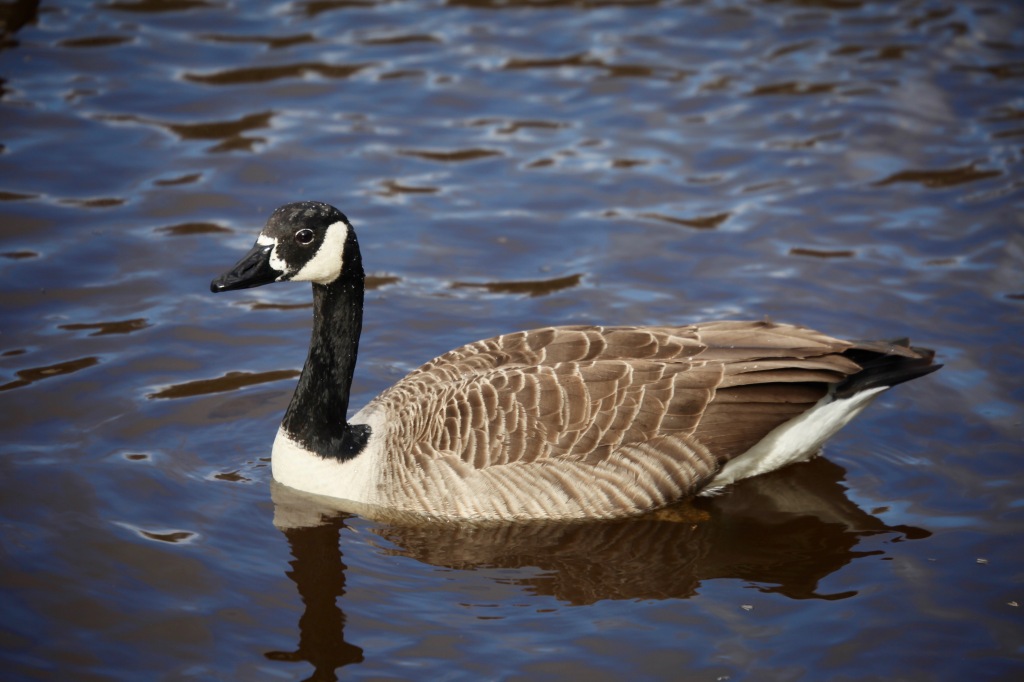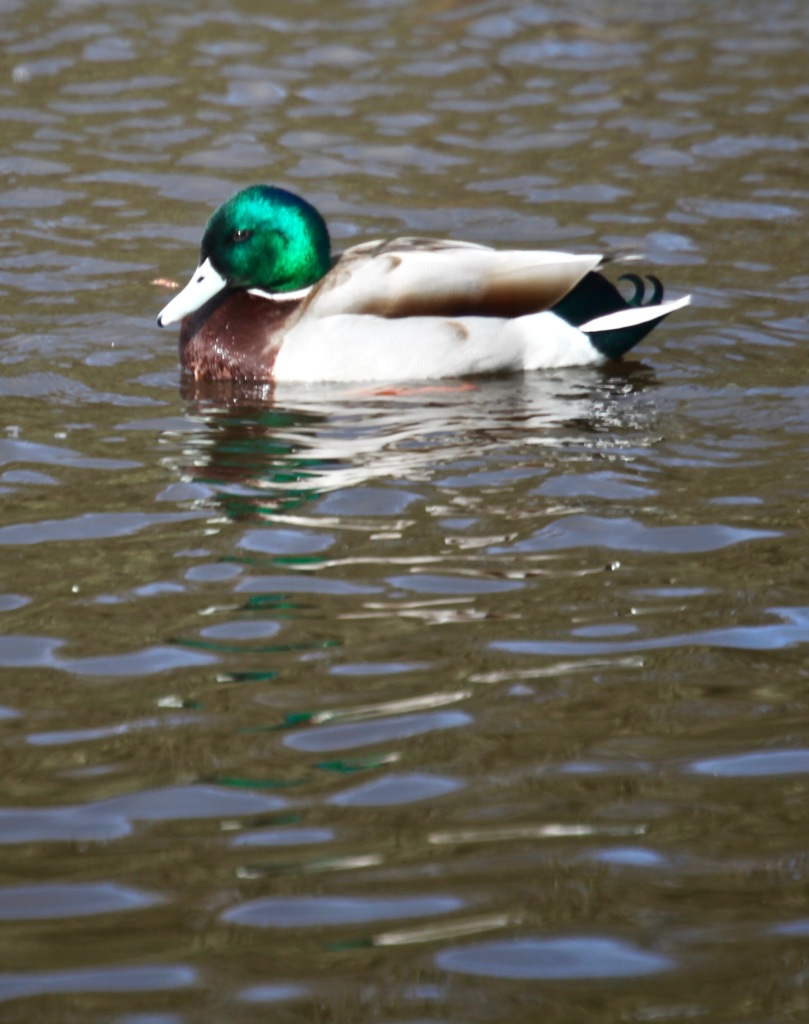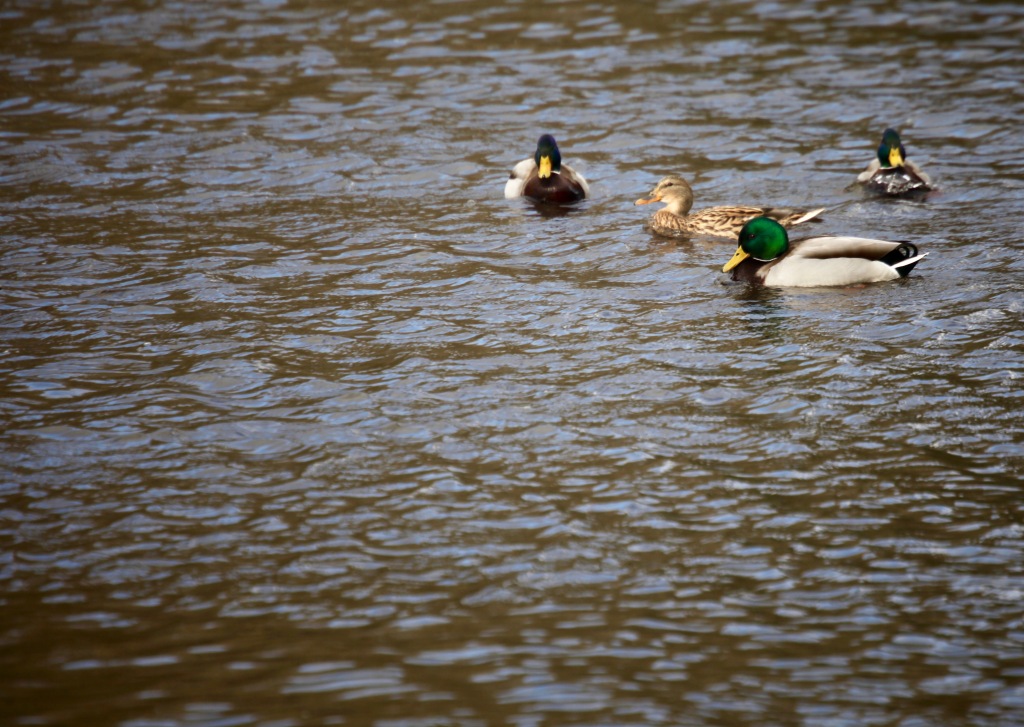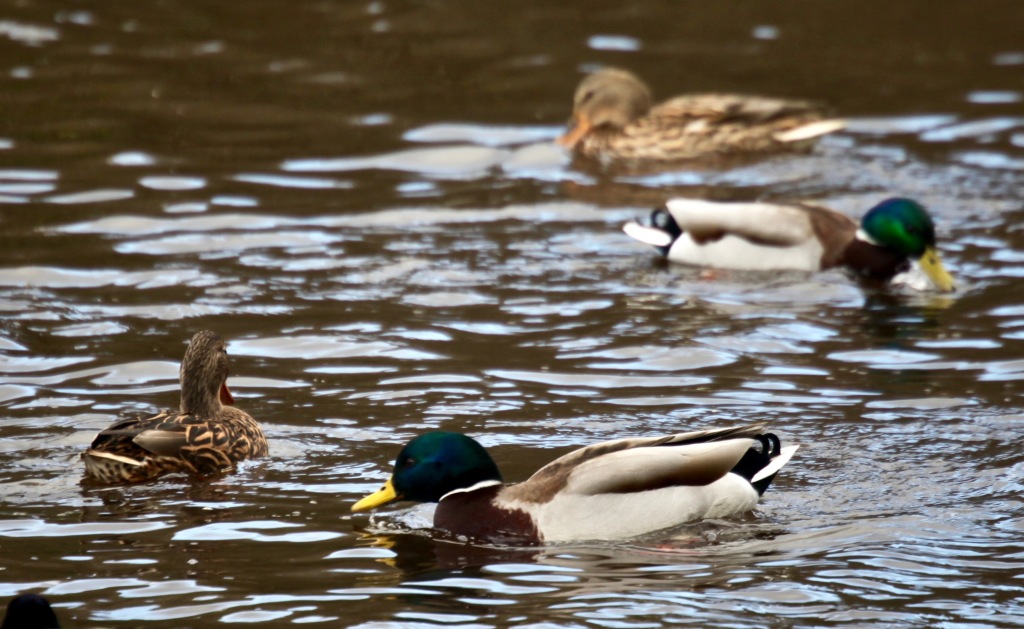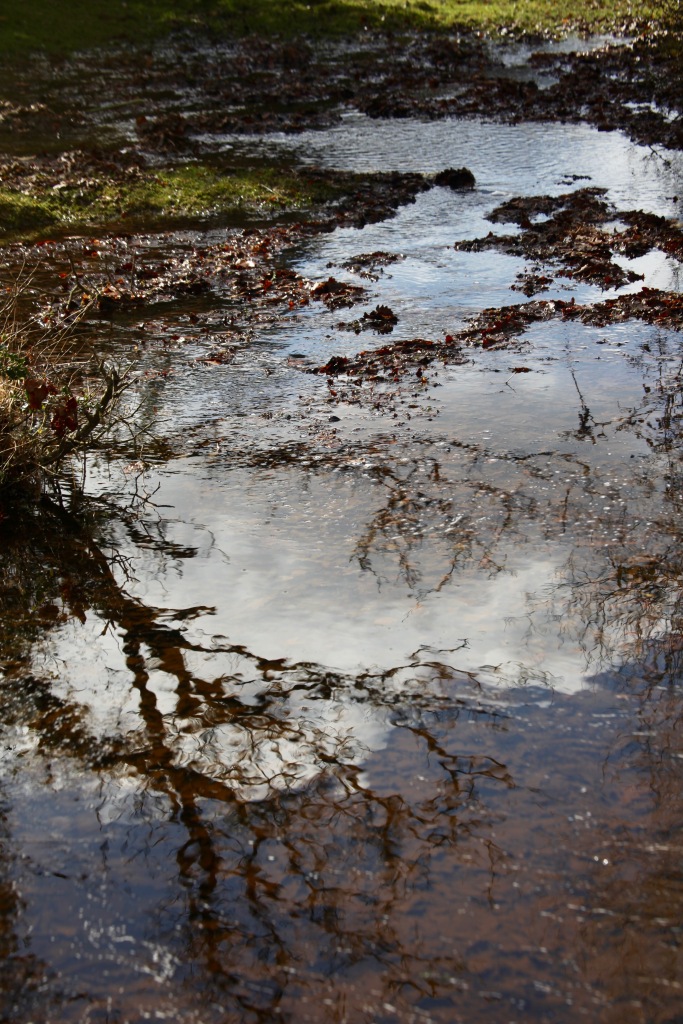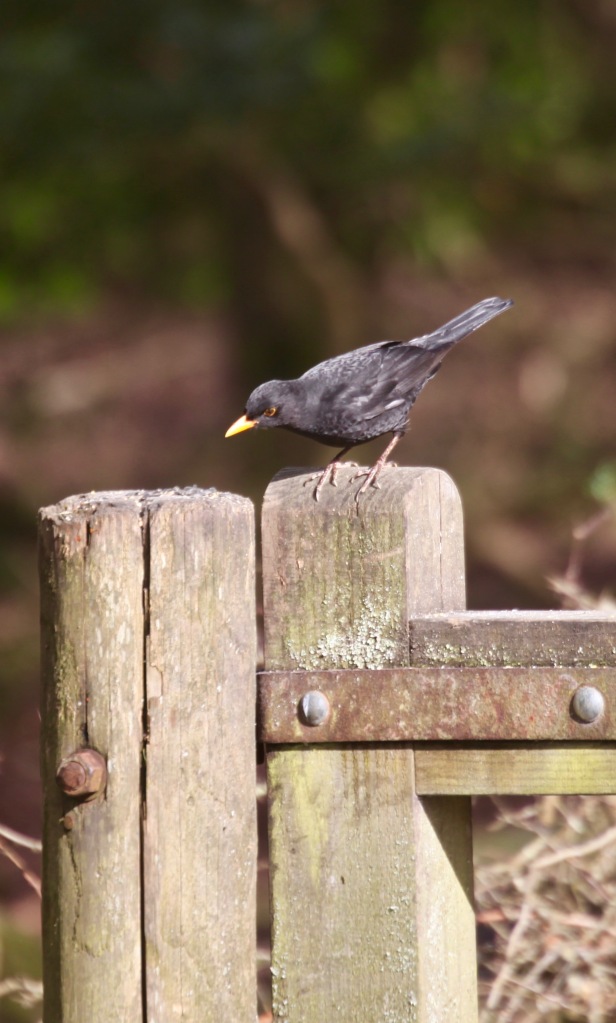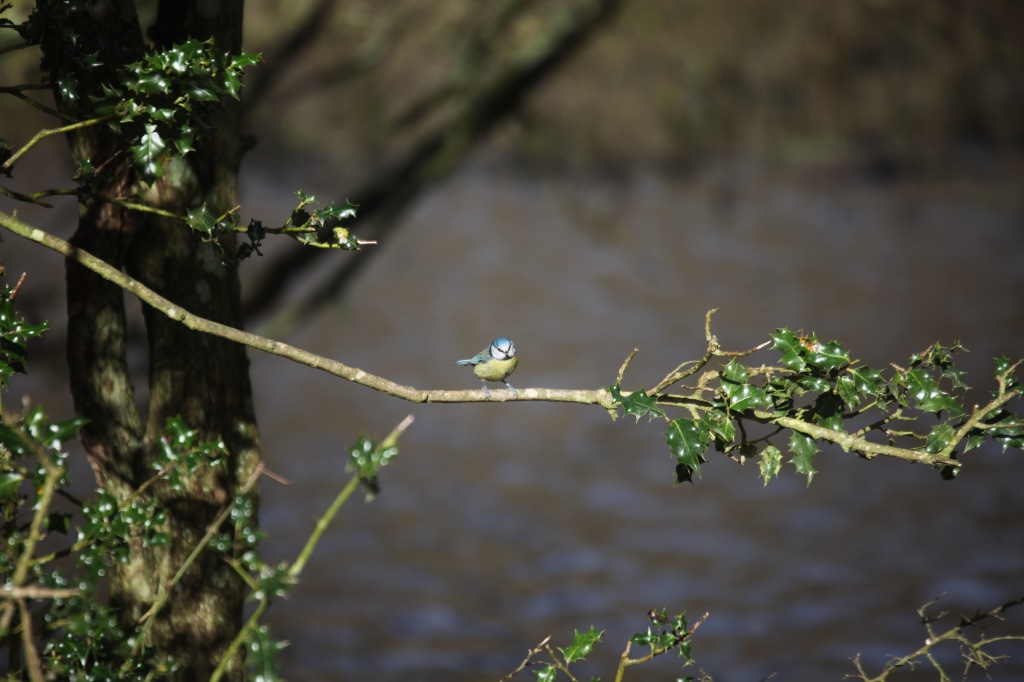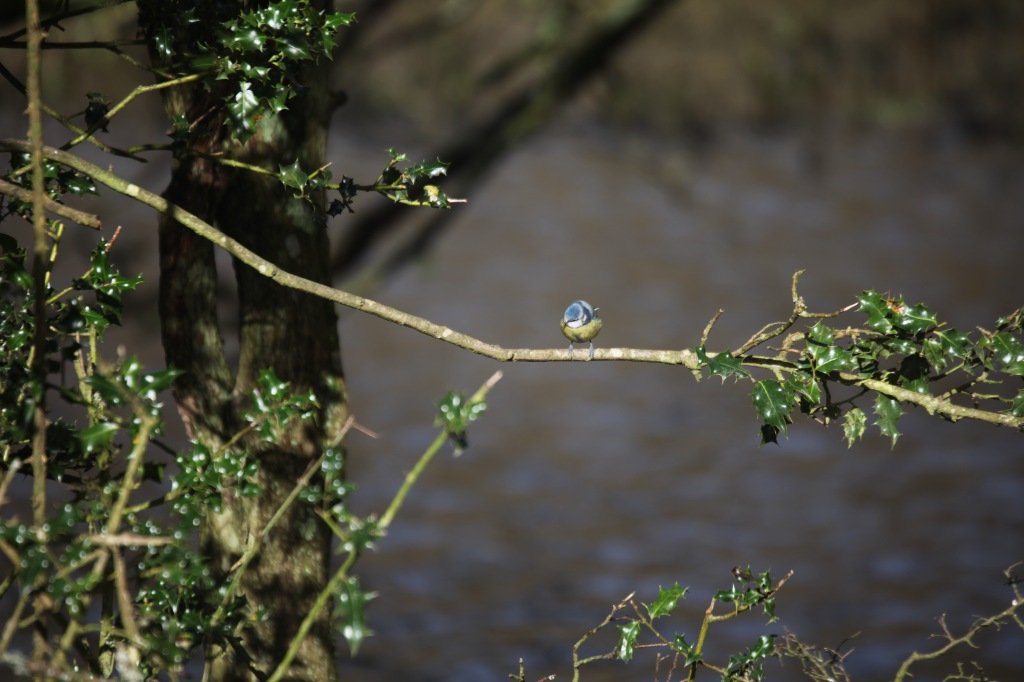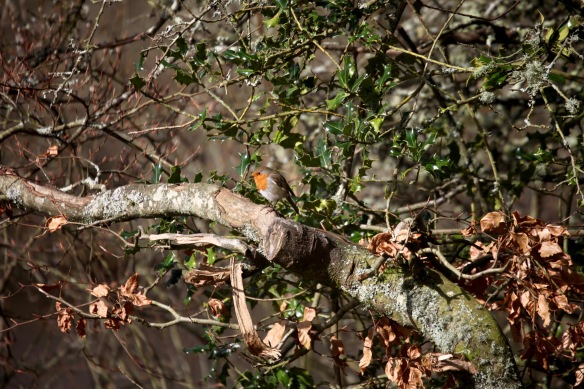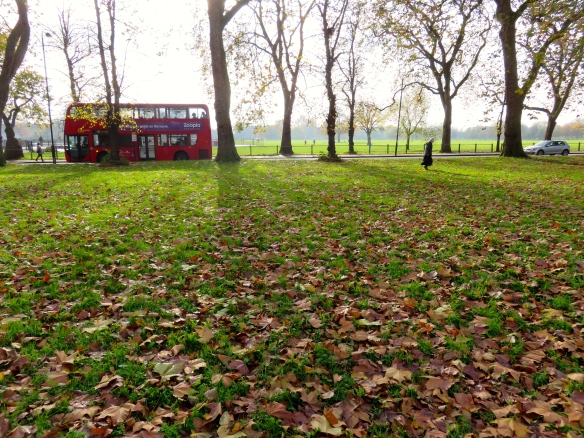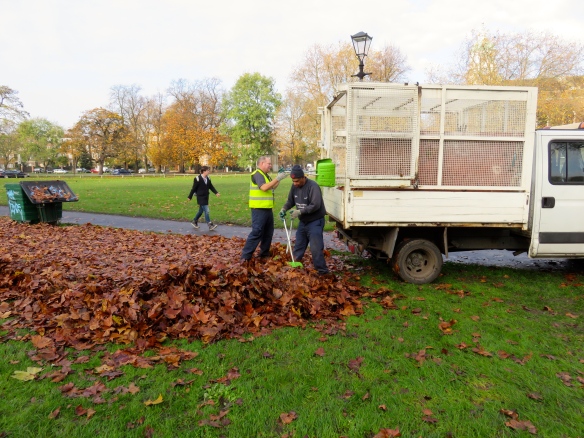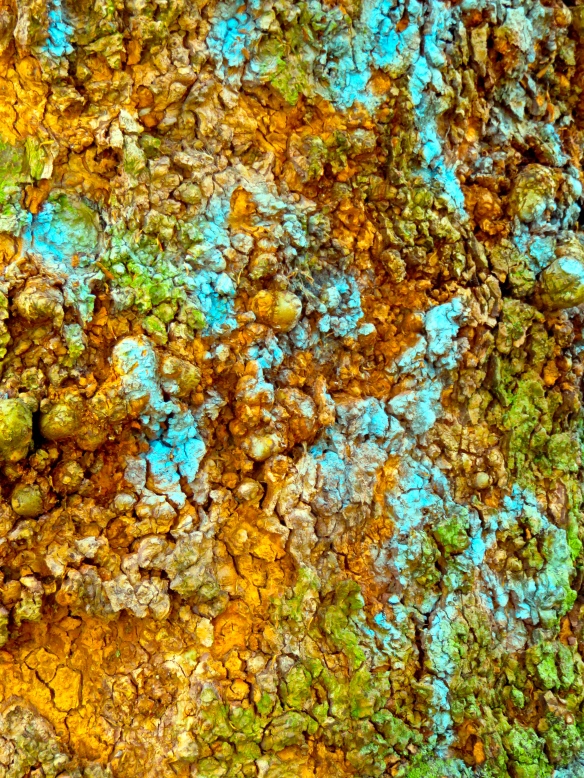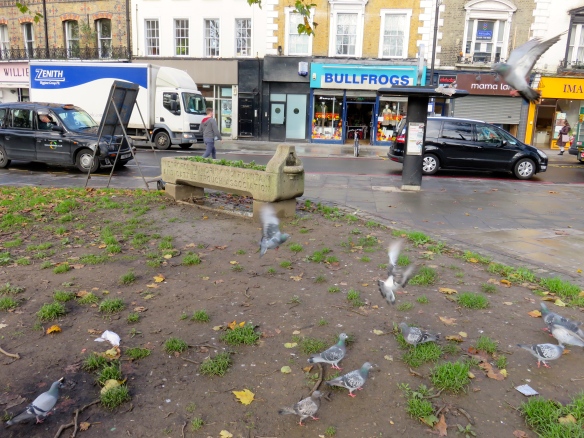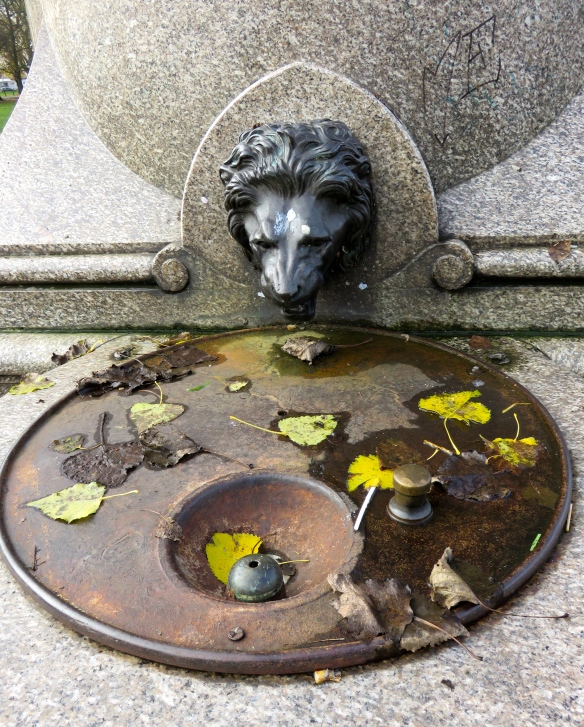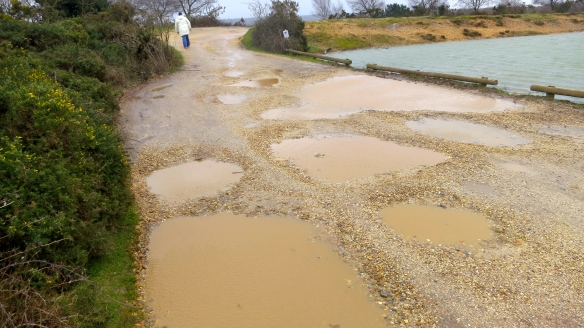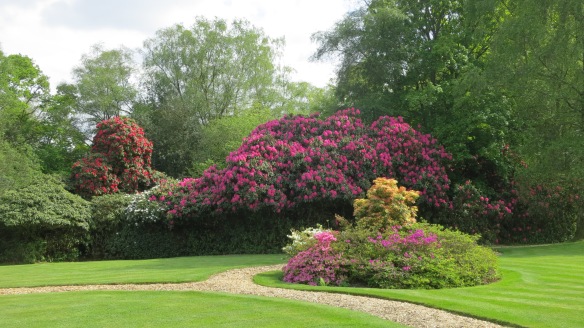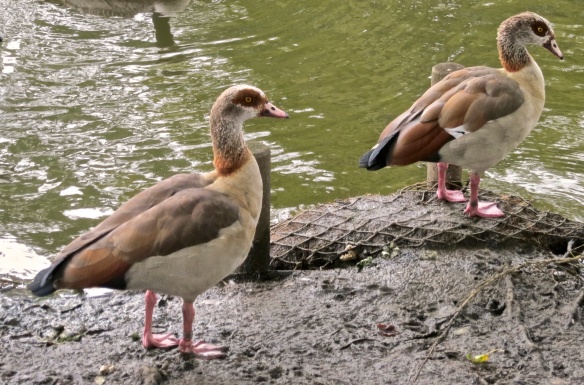CLICK ON IMAGES TO ENLARGE. REPEAT IF REQUIRED
This morning we went for a driveabout in the forest.

It is not unusual to notice cartoon character flattened squirrels on the winding lanes. On the very narrow track bounded by thick impenetrable hedgerows that links Newtown with Minstead, a young tree rat caught ahead of the car tried to outrun us. Jackie in turn, attempted to drive slowly enough to allow it to do so. This was a bit like allowing a toddler to win a race. Not until we reached the wider road leading down to the ford named The Splash, did the creature spot a giant oak for which it made a beeline.
The sky was a clear blue, and strong sun filtered through the trees, dappling everything in its path.
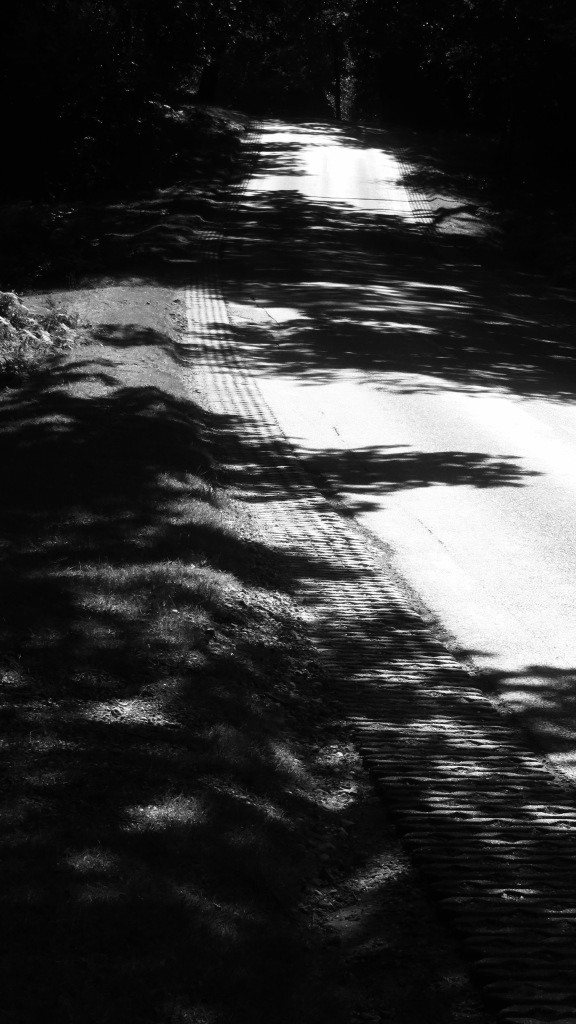
This was especially apparent on Roger Penny Way,

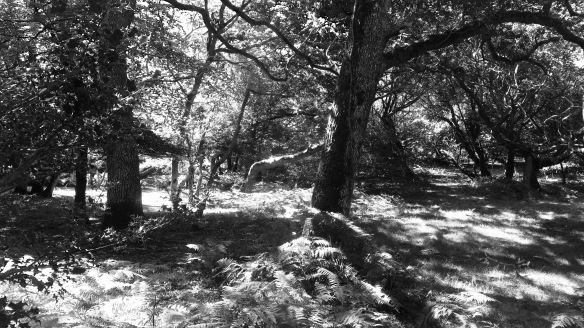
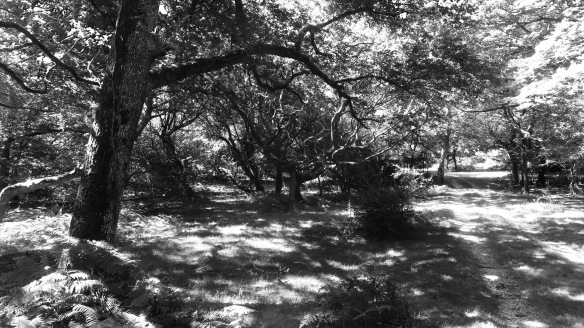

and off the paths on either side of it.

This area was well supplied with ferns,

and the occasional buttercup.
The lane that leads towards The Royal Oak at Fritham drops down steeply, bends frighteningly, then soars up past the pub and on to Eyeworth Pond.
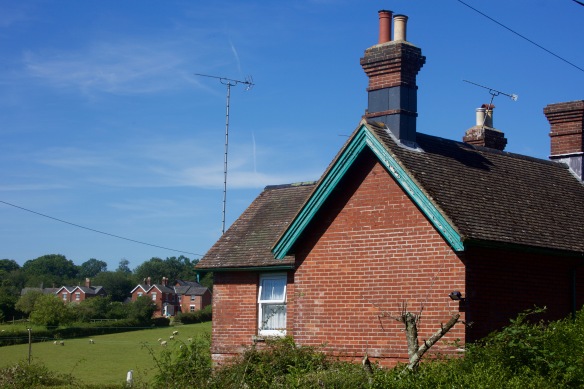
Behind Myrtle Cottage, which stands in the cleft,
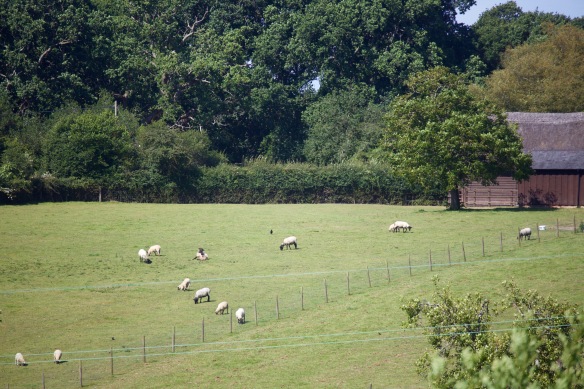
sheep graze on sloping hillsides.

A cyclist took on the challenge of climbing the hill.

When he reached the top, another was preparing to coast down in no time at all.
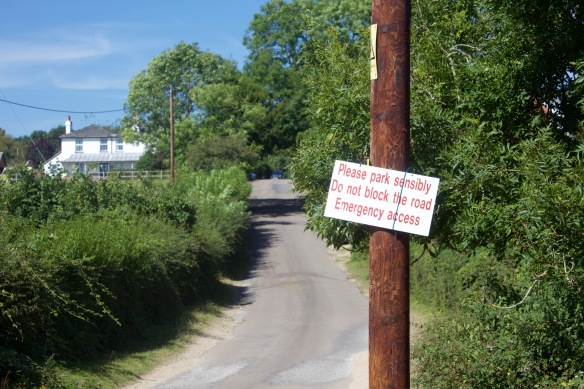
The residents of these lanes clearly suffer from overflow parking from The Royal Oak, and have resorted to sensible signage.


The Water Lilies on Eyeworth Pond are in full bloom.

Canada geese dominate the water;

and mallards,


when not in full sunlight, are as dappled
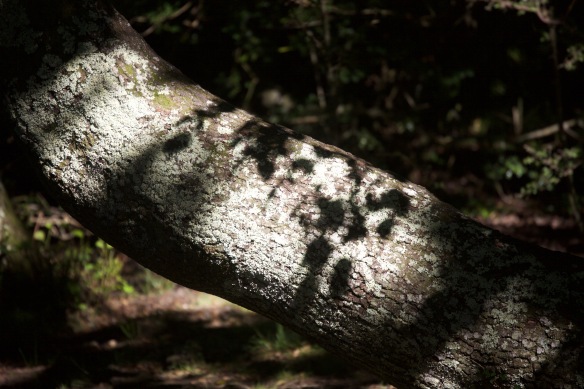
as the shrubberies.
I had an interesting conversation with another photographer who told me that it was common practice for people to place titbits on the gatepost to attract birds. Apparently there are no takers for peanut butter.

A moorhen (I am grateful to Simon of Quercus Community for this identification) even left the water to investigate today’s offerings.

Other visitors were blue tits,
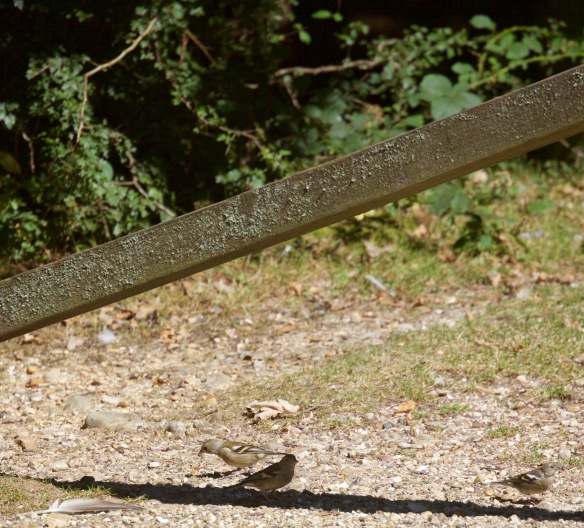
and chaffinches, which were happy to take their pickings from below. They must have been deterred by whoever shed that feather.
The Hordle Scarecrow Competition is now on.



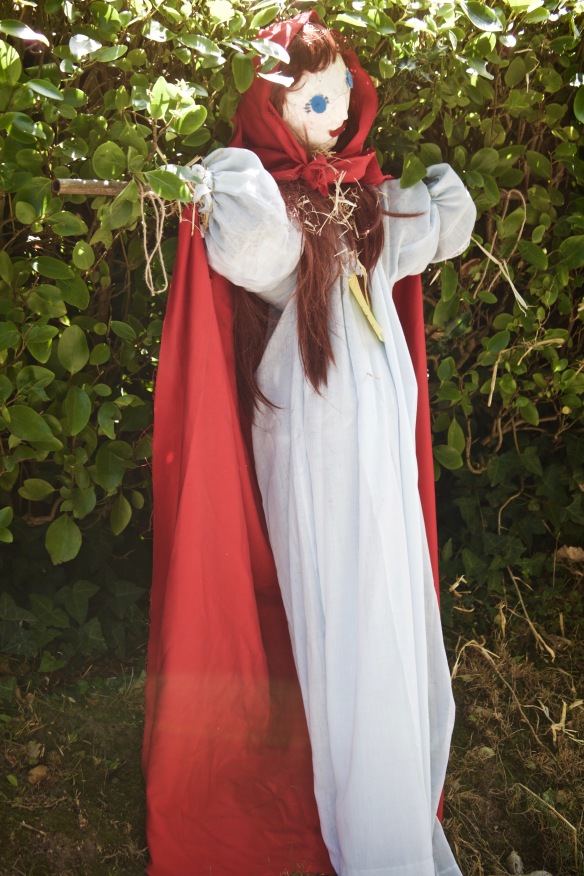


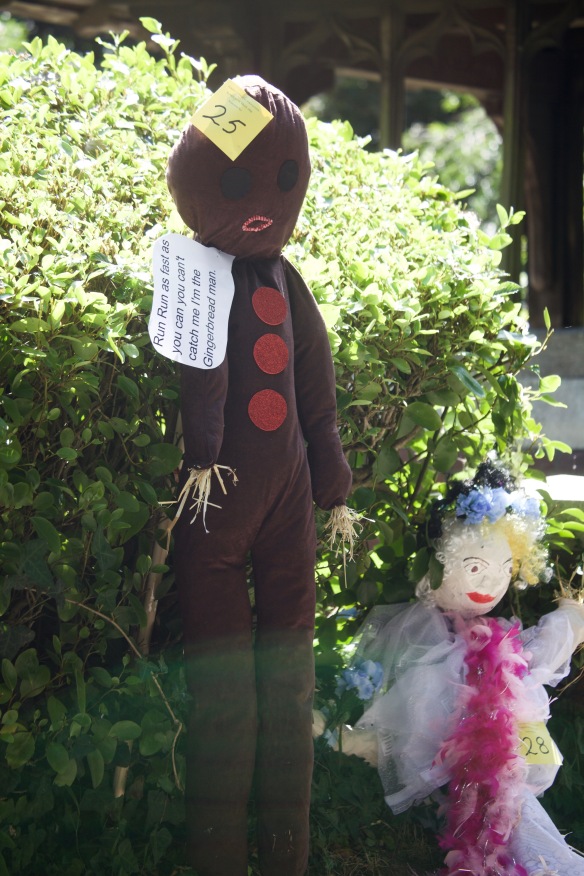
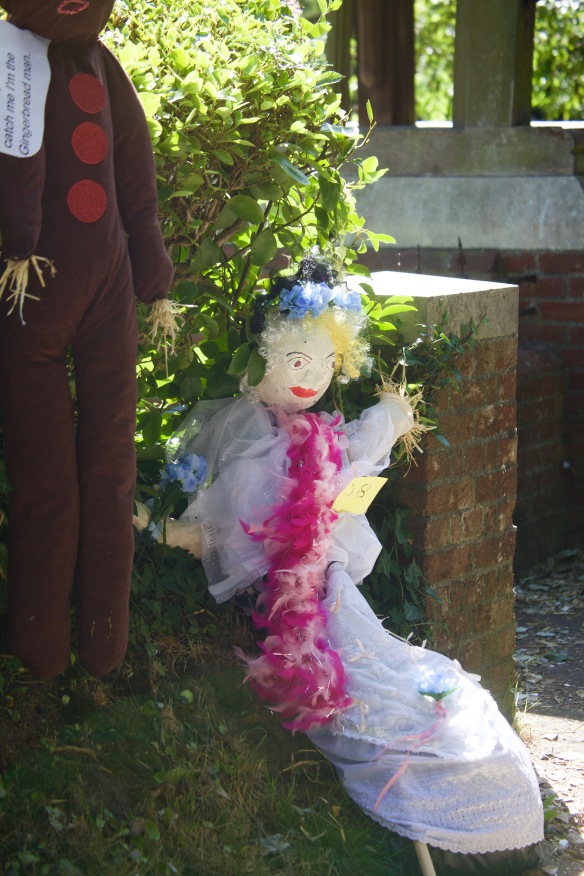
Seven entrants are propped against the hedge outside Hordle Parish Church.
This evening we dined on haddock and cheese fishcakes, sautéed potatoes, carrots, green beans, courgette bake, and baked beans in tomato sauce. I drank Patrick Chodot Fleurie 2014, while Jackie abstained.





























































































